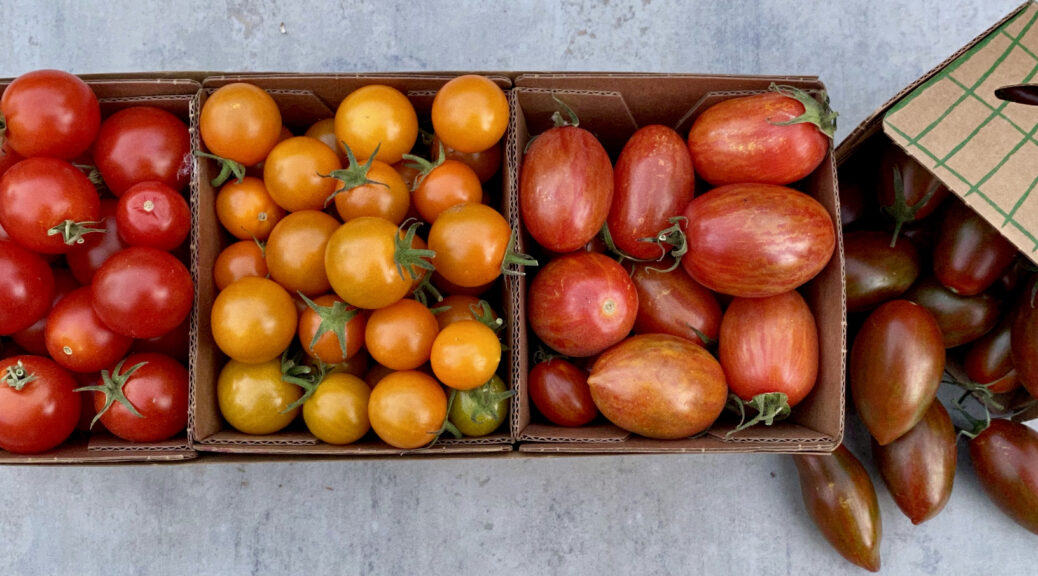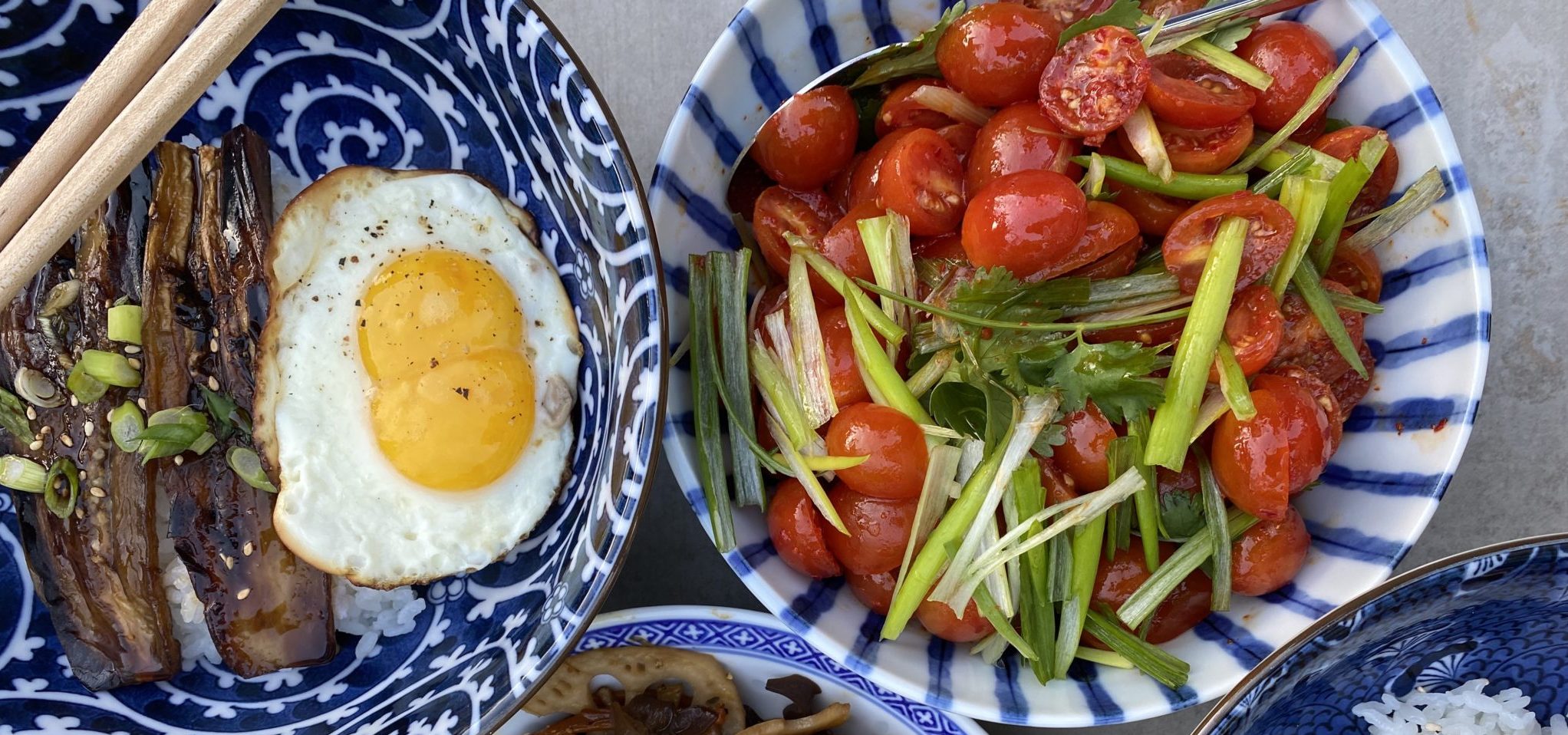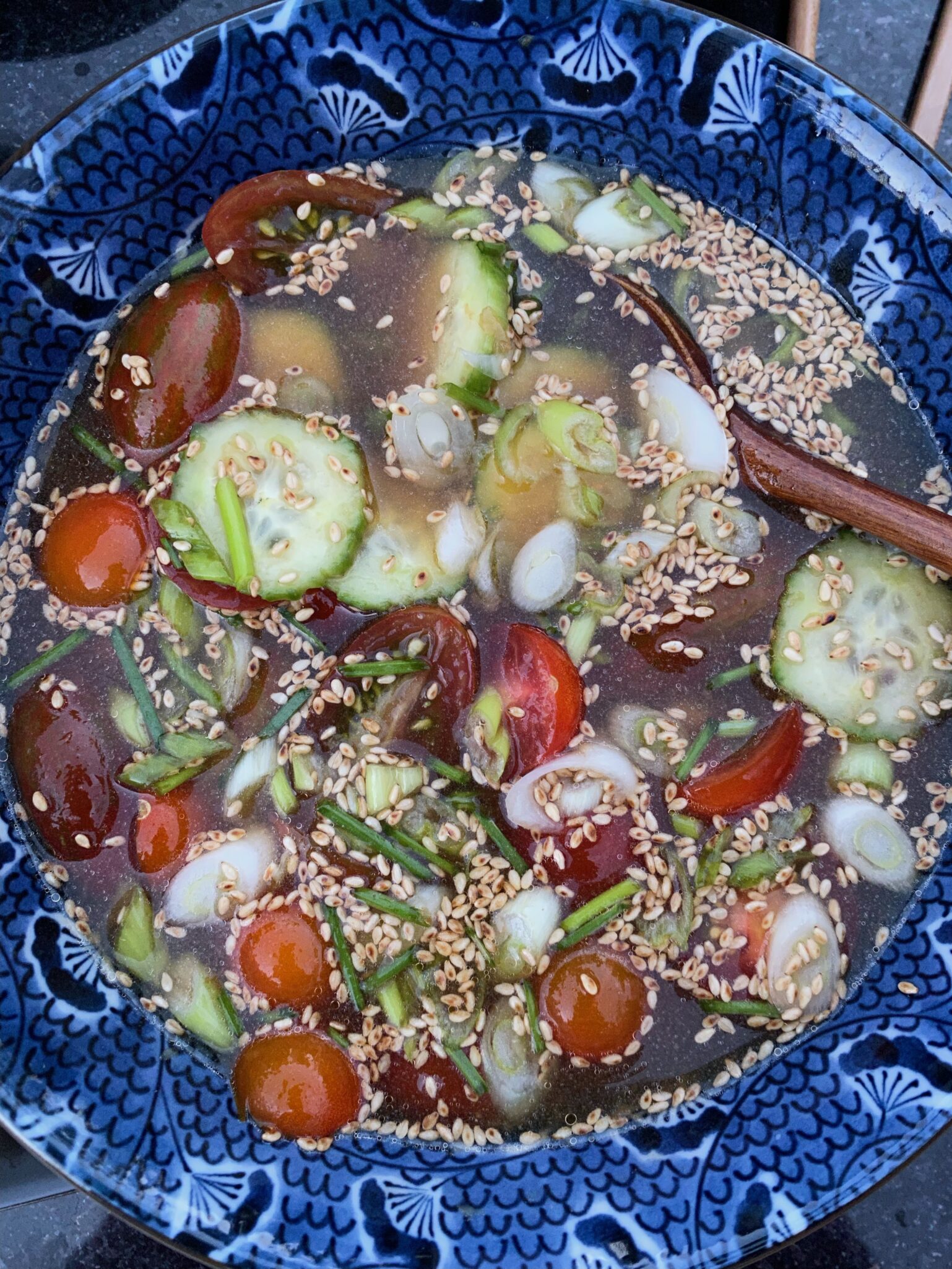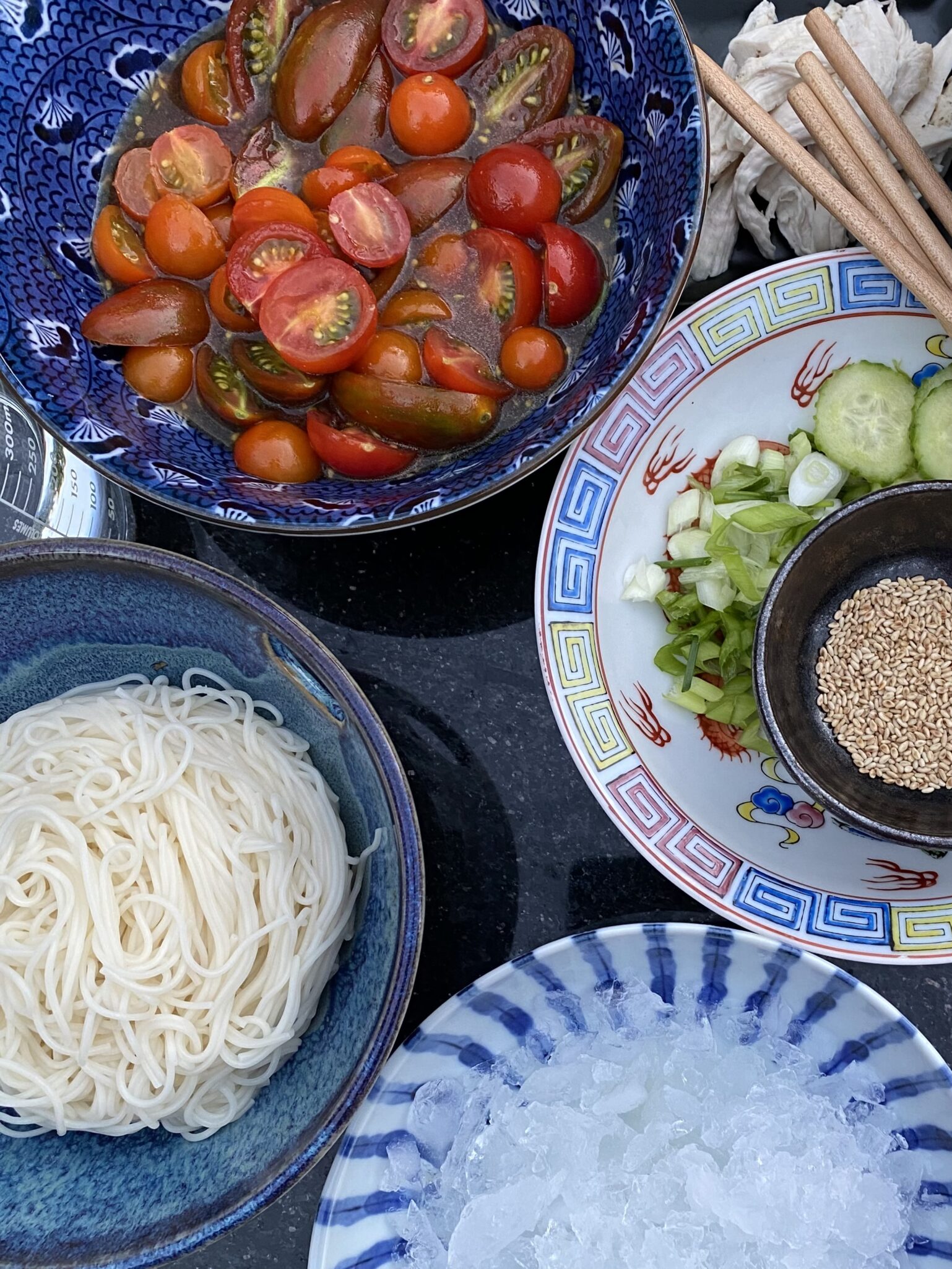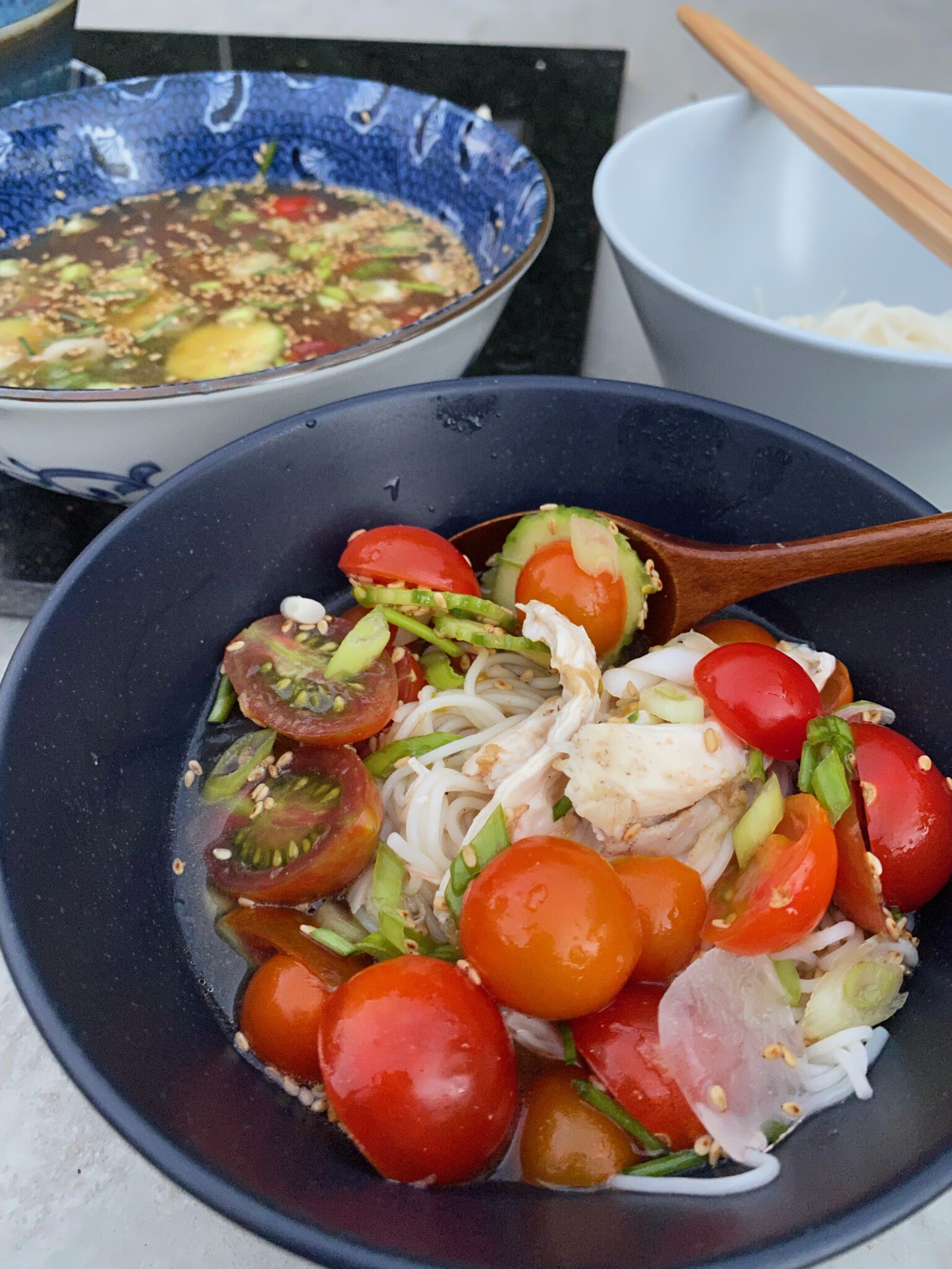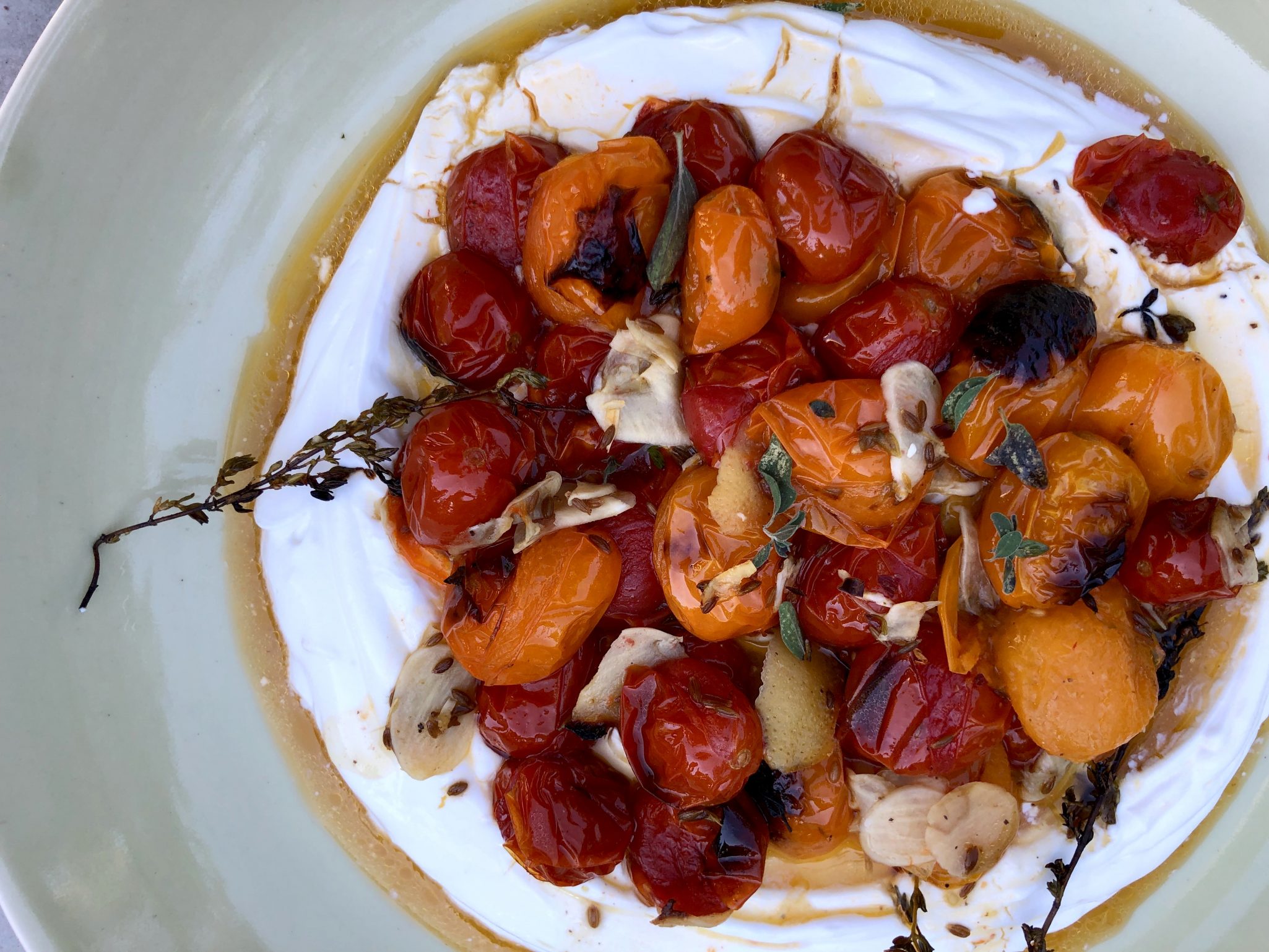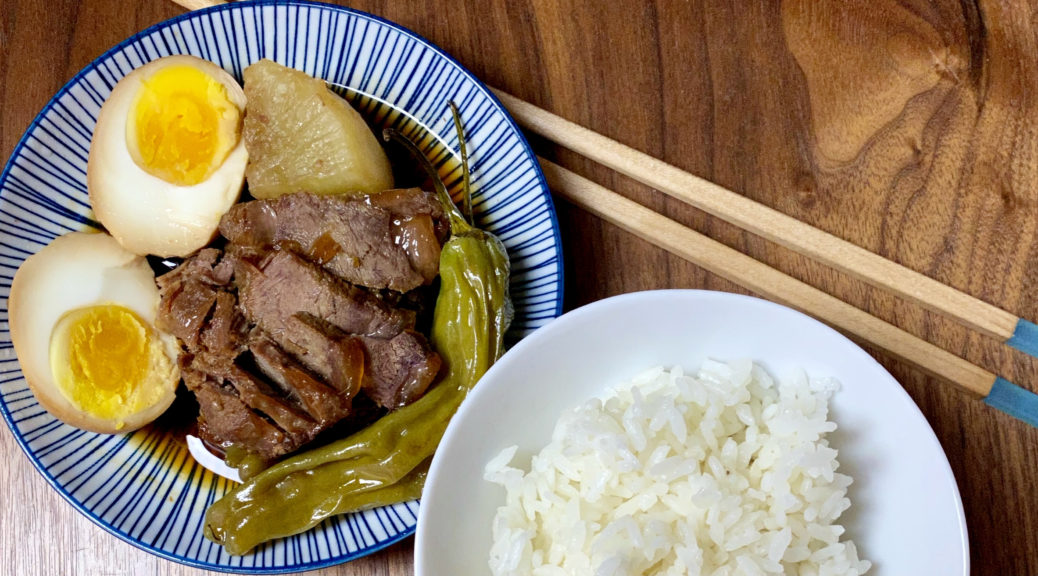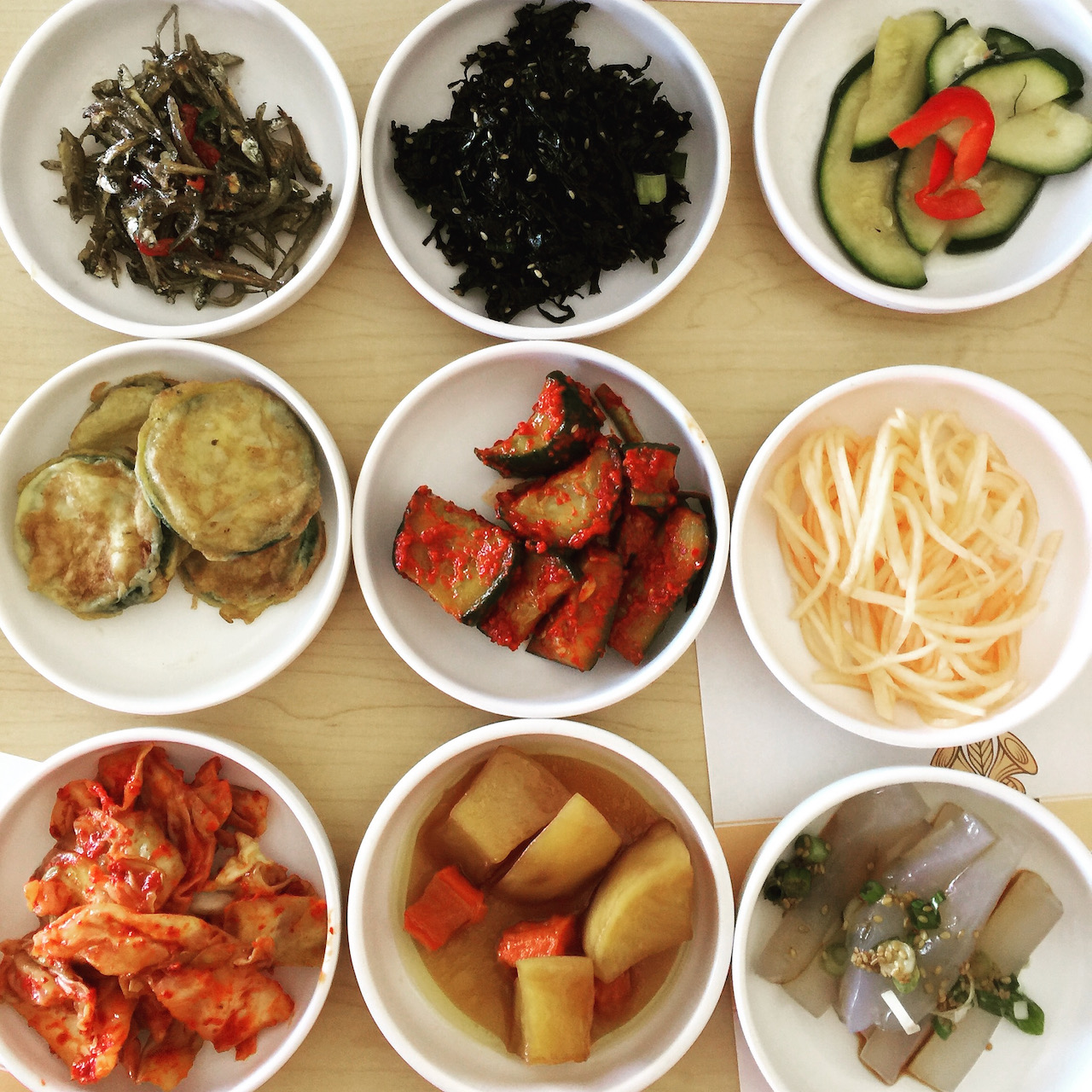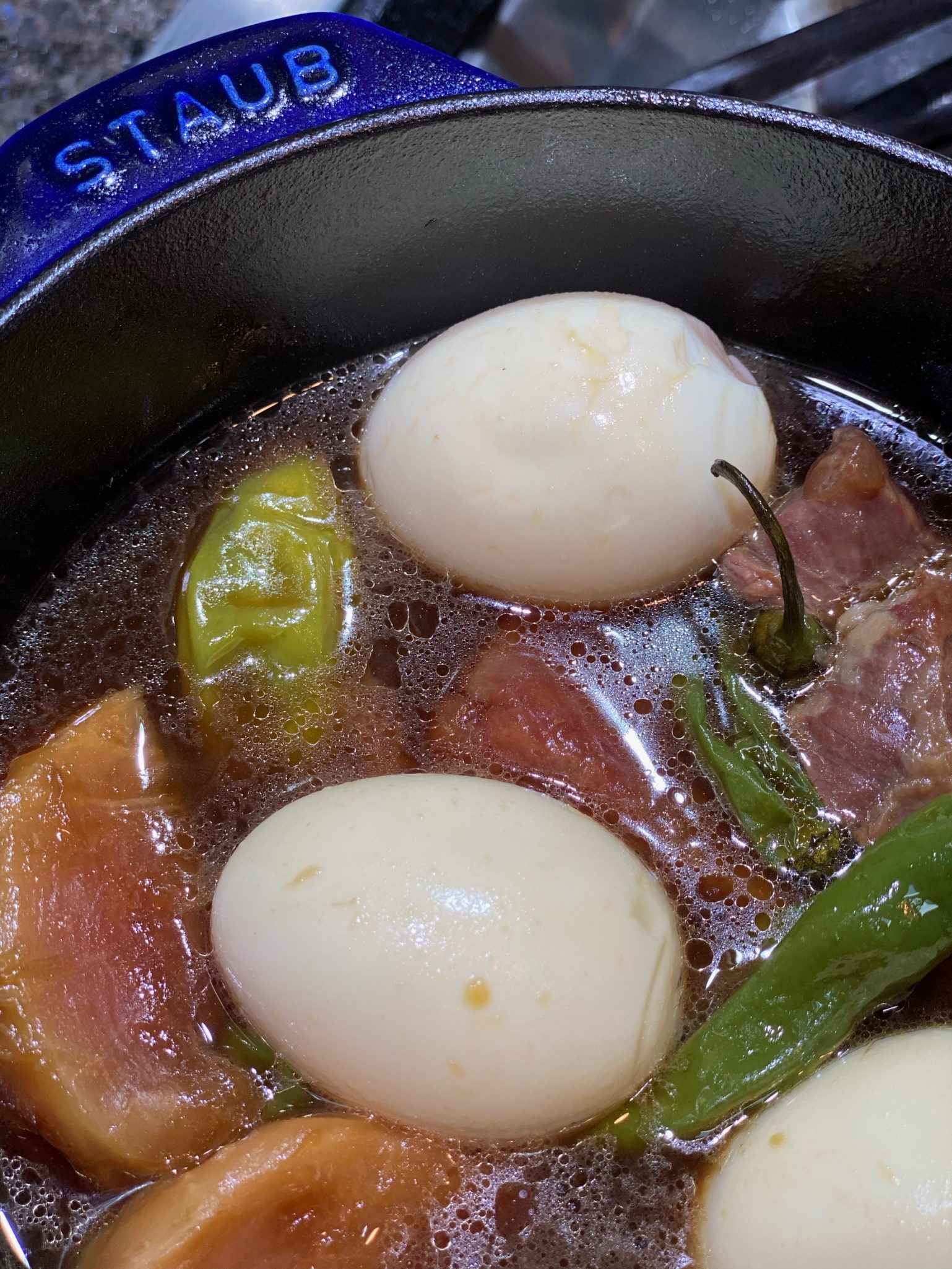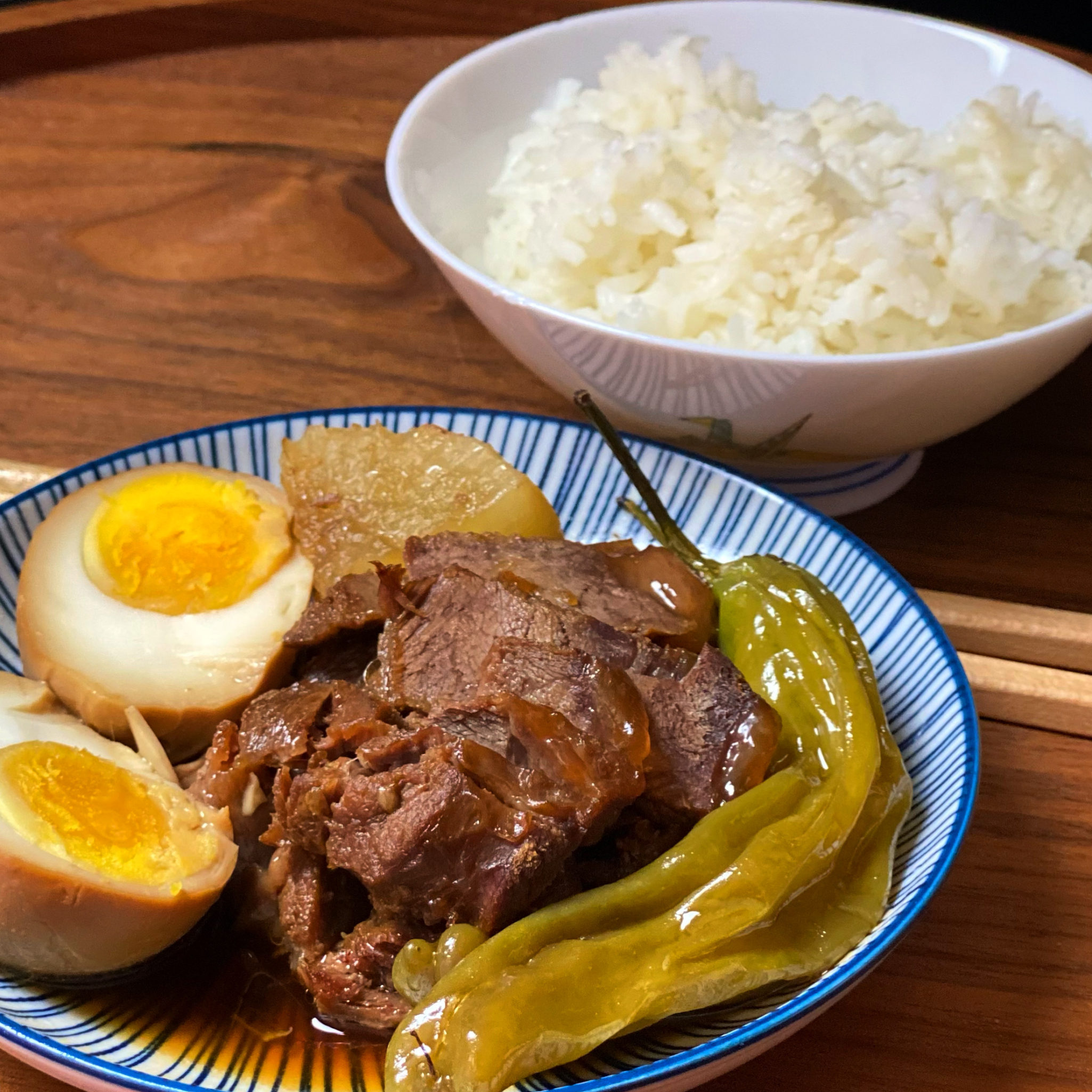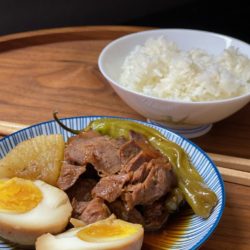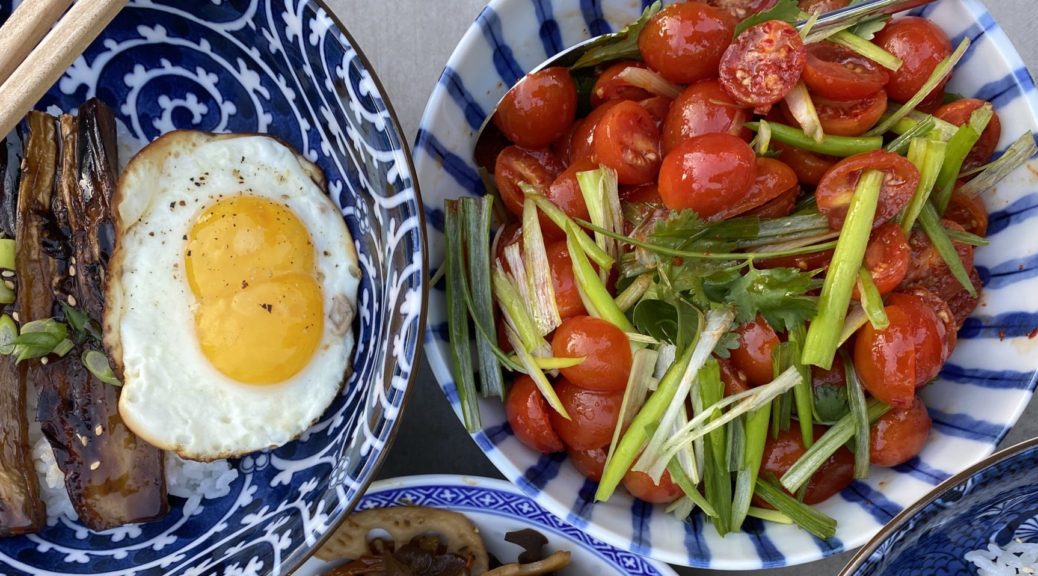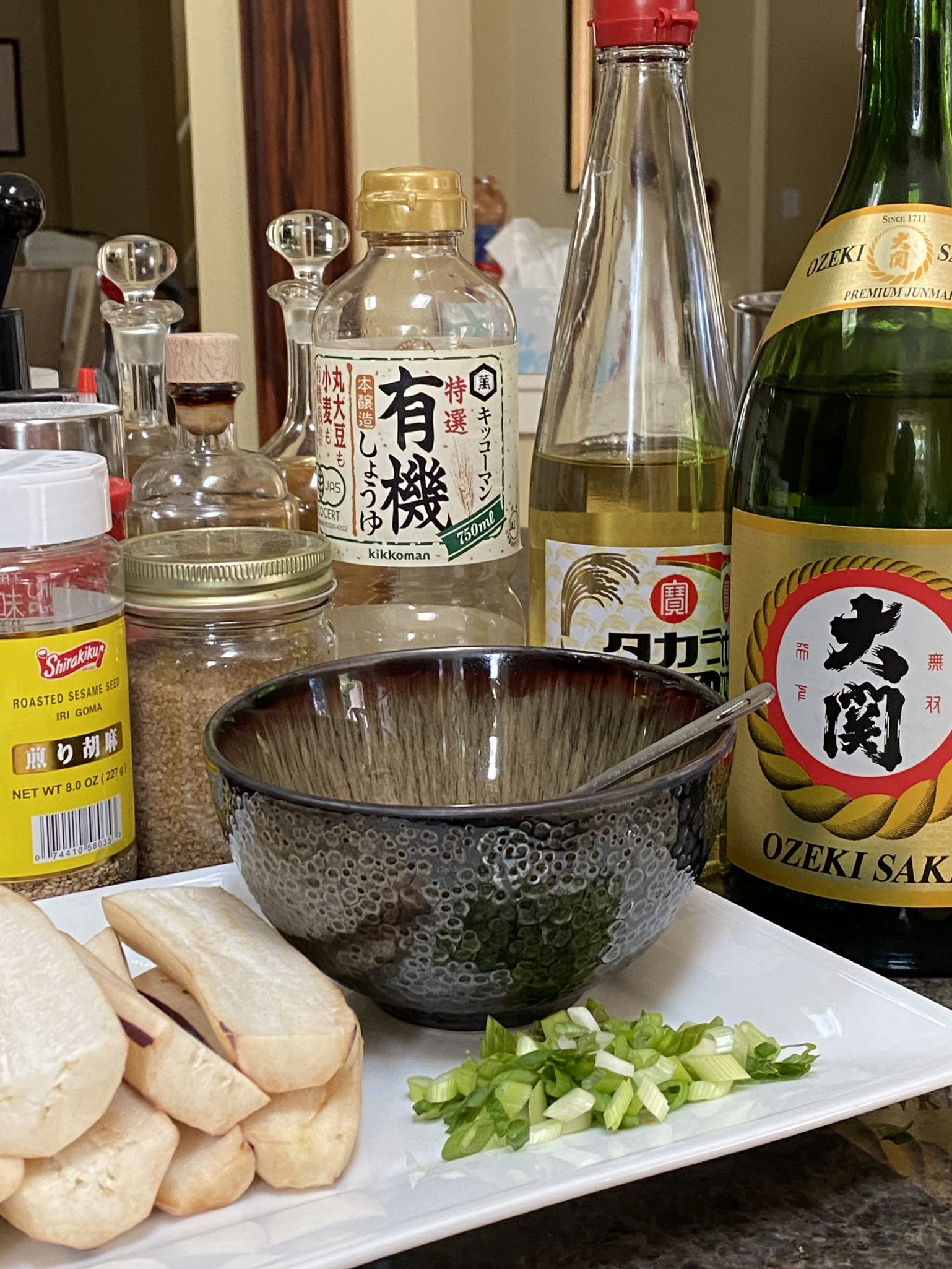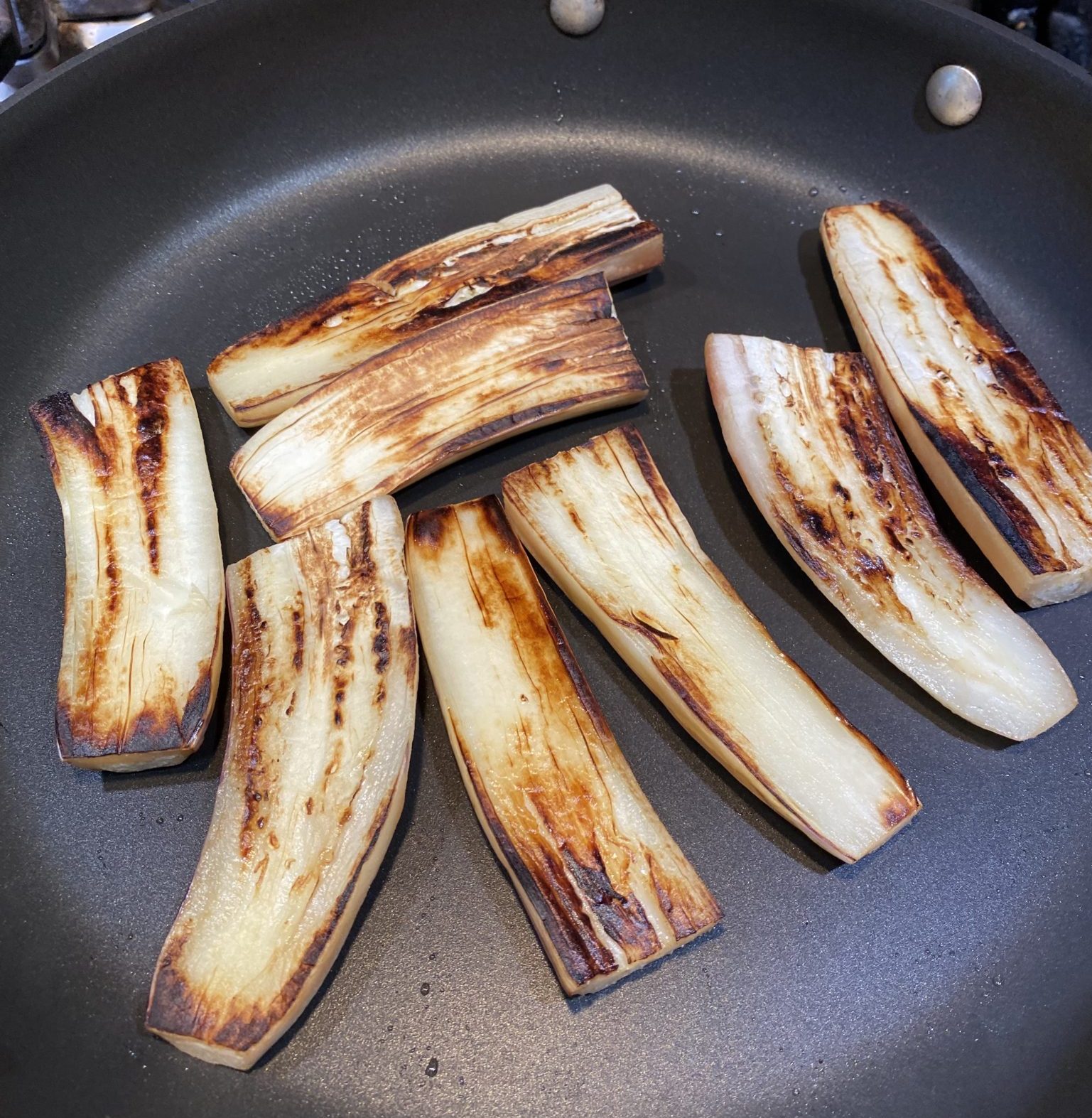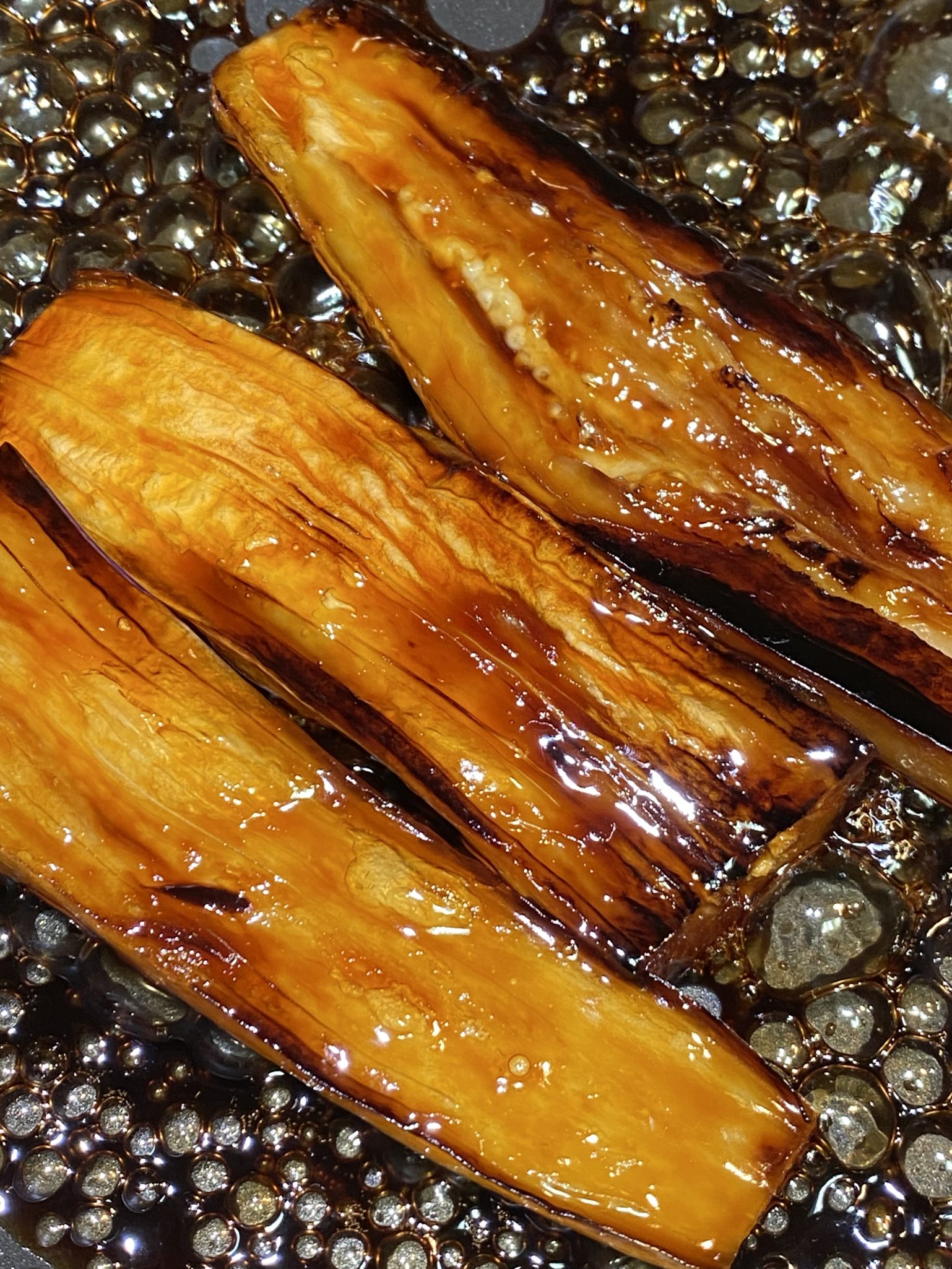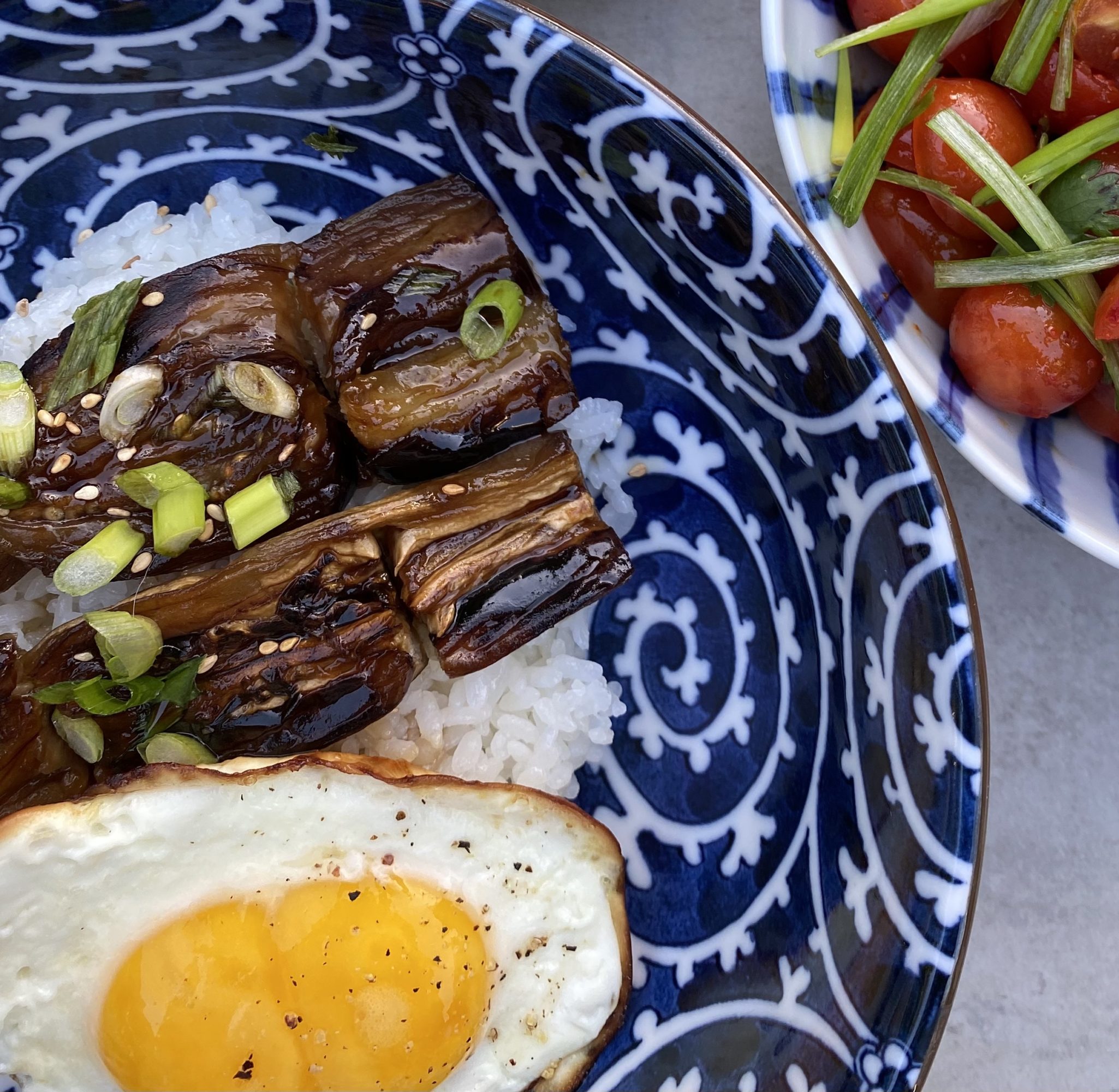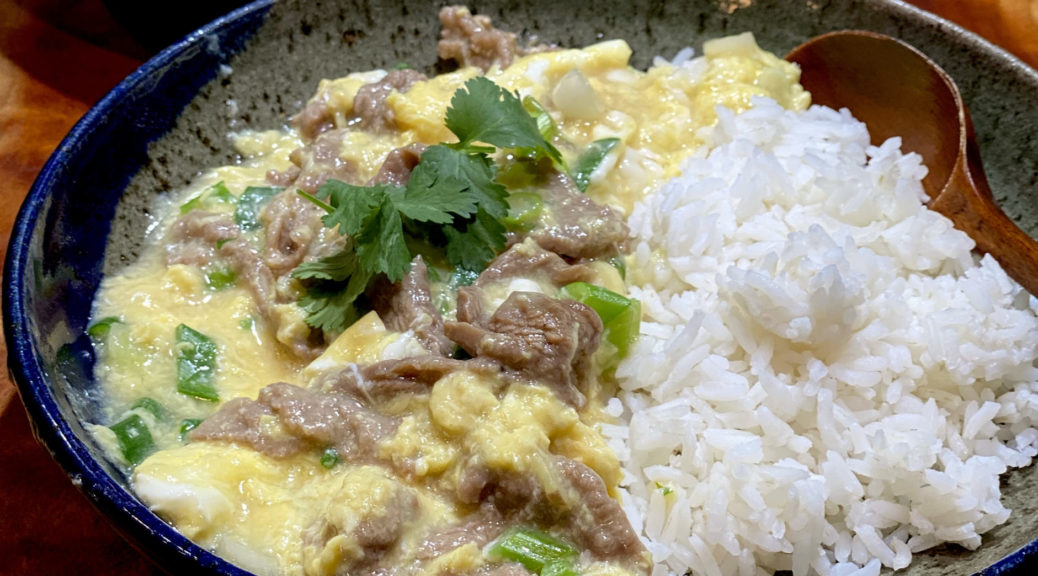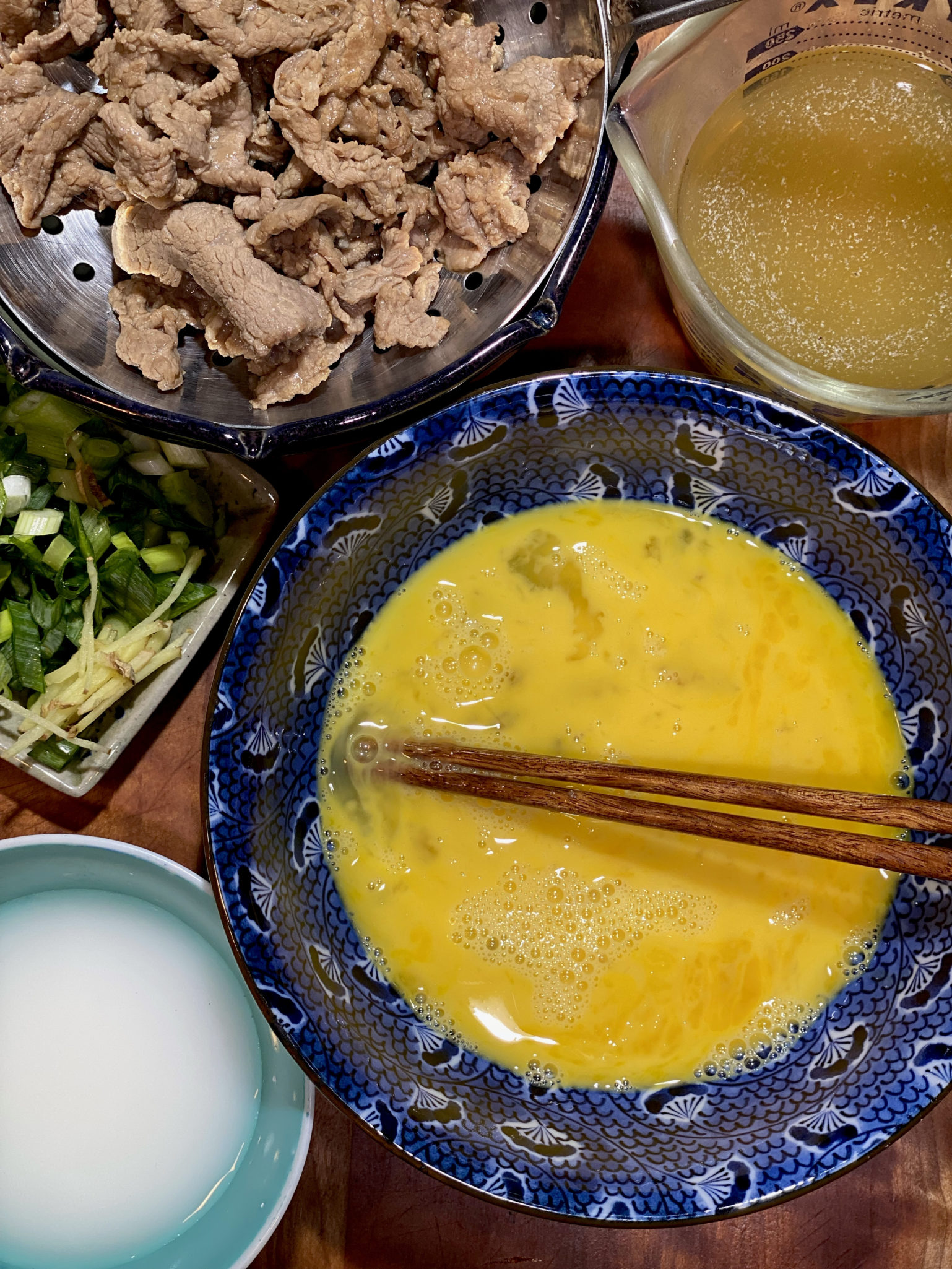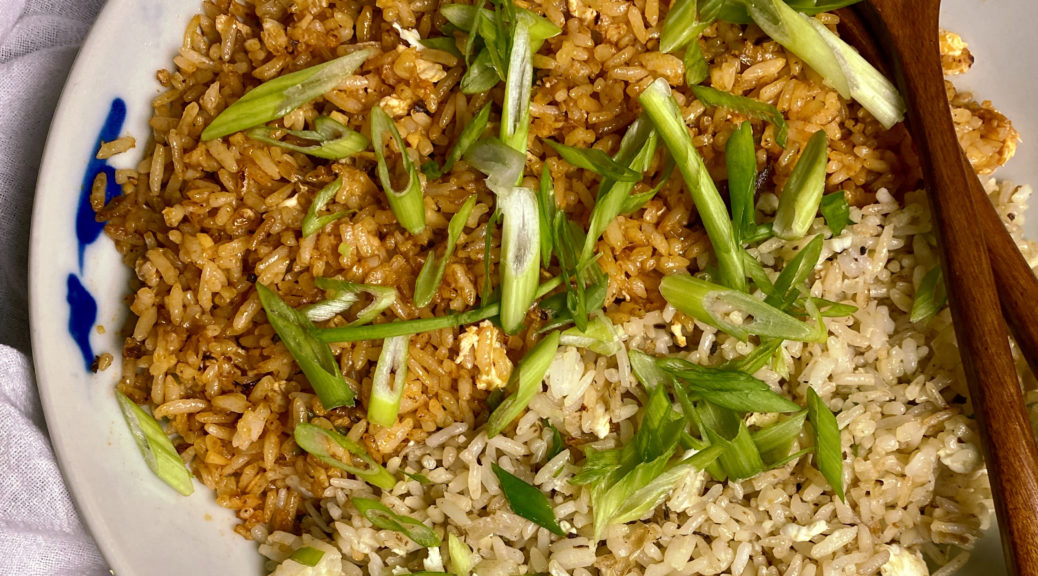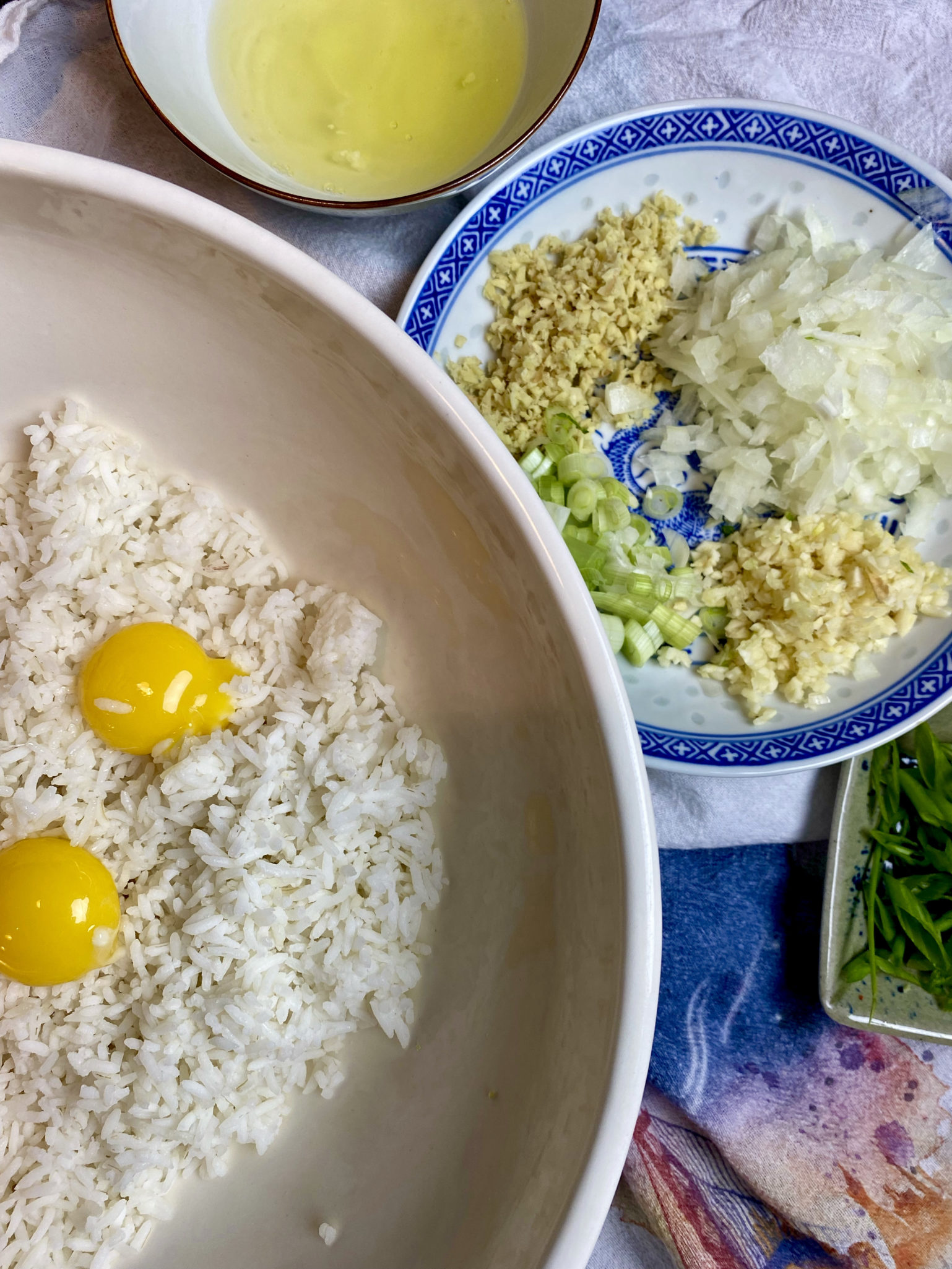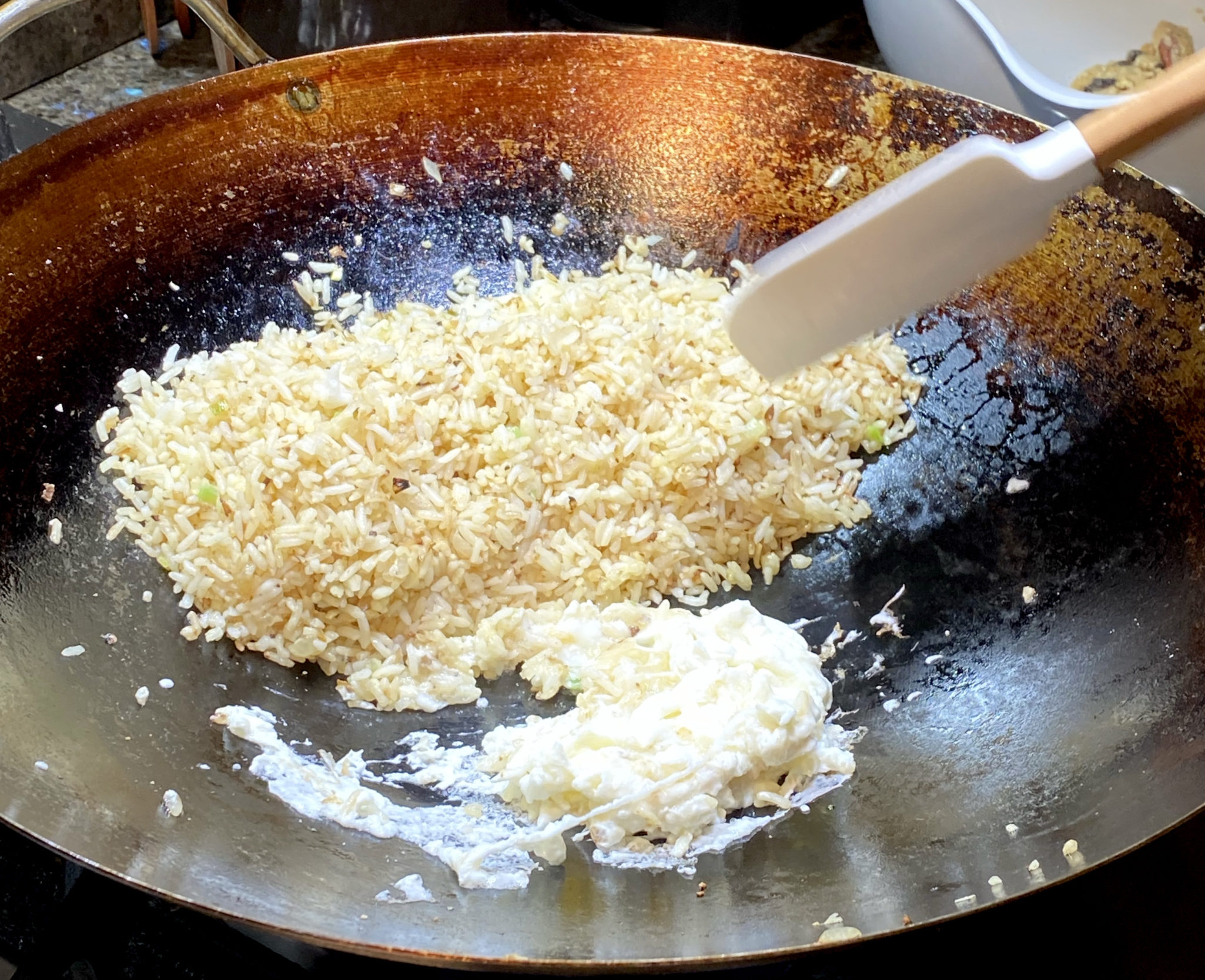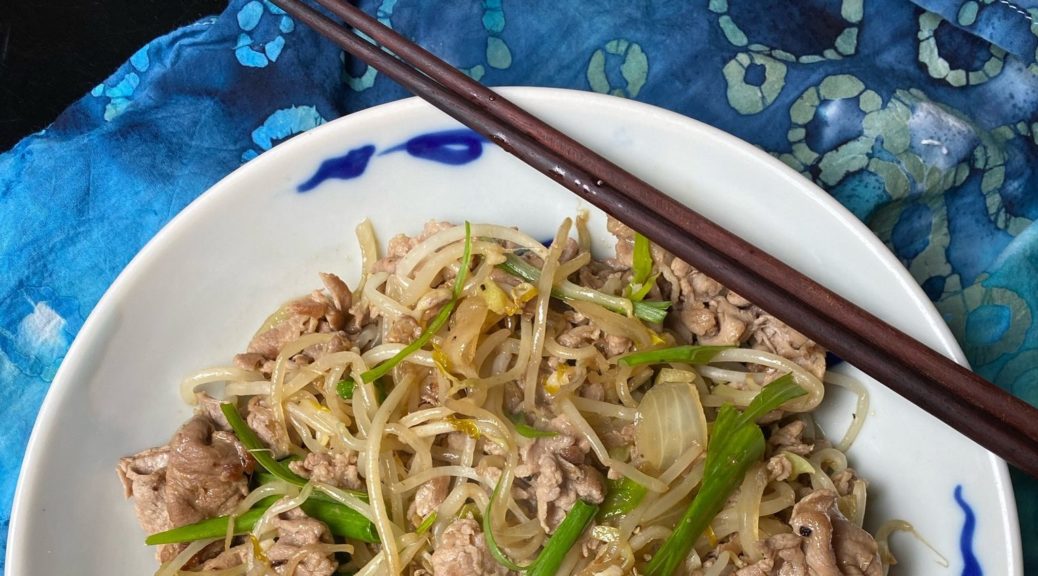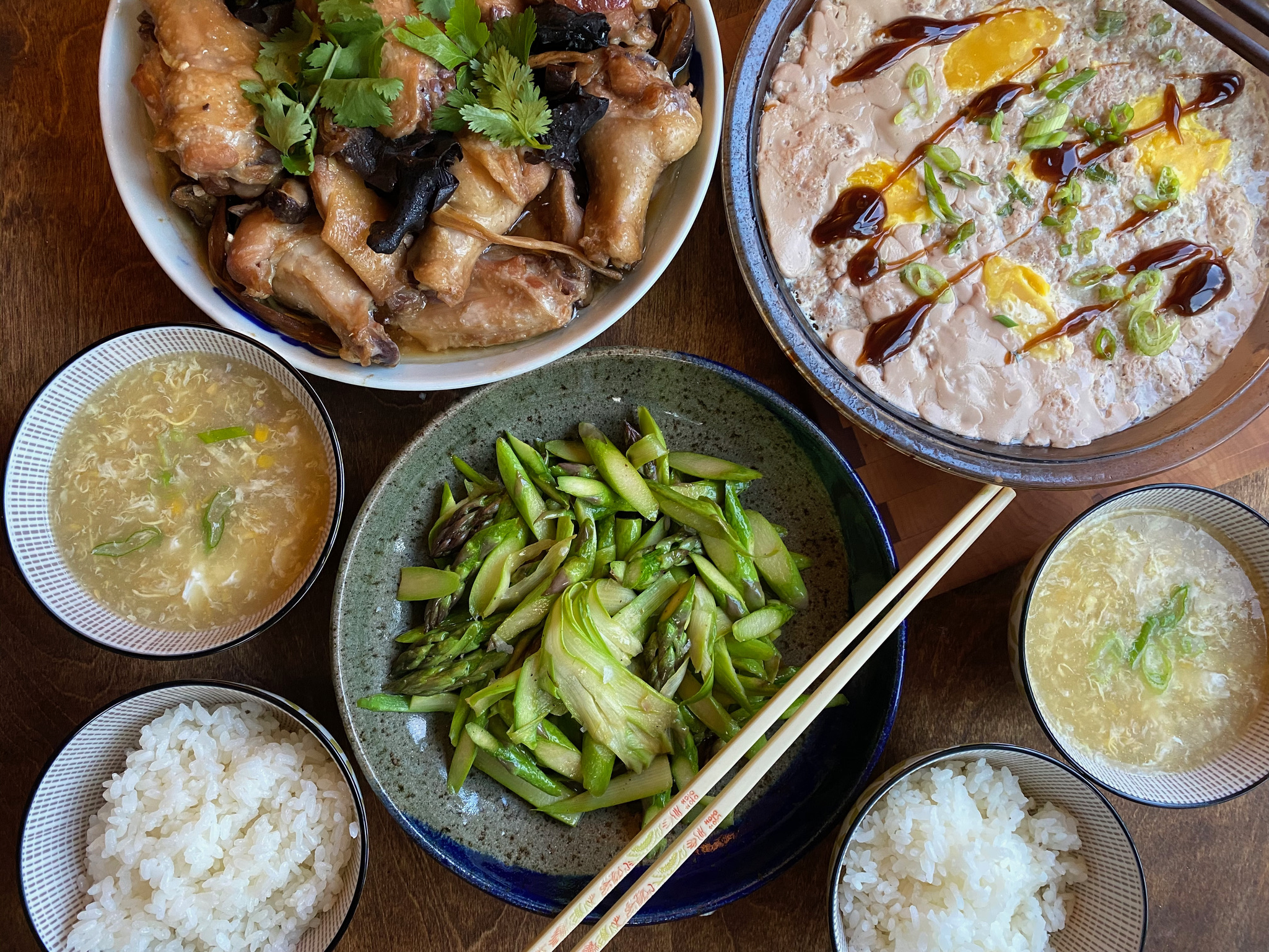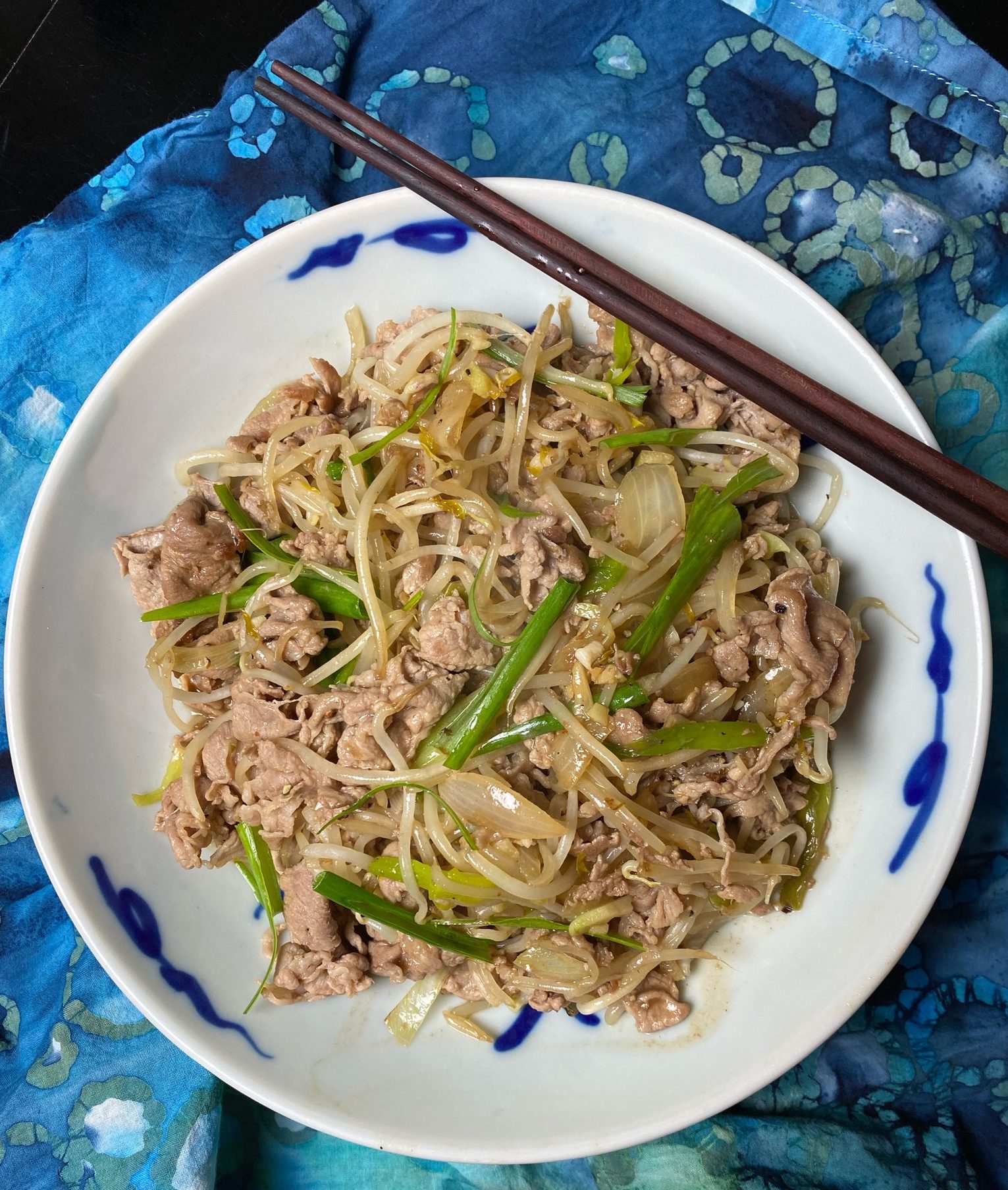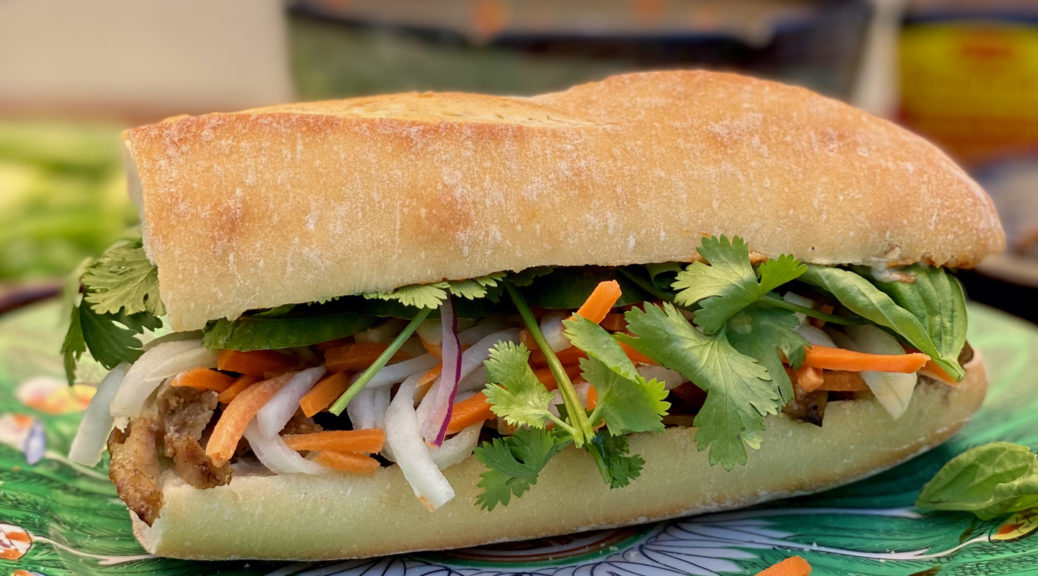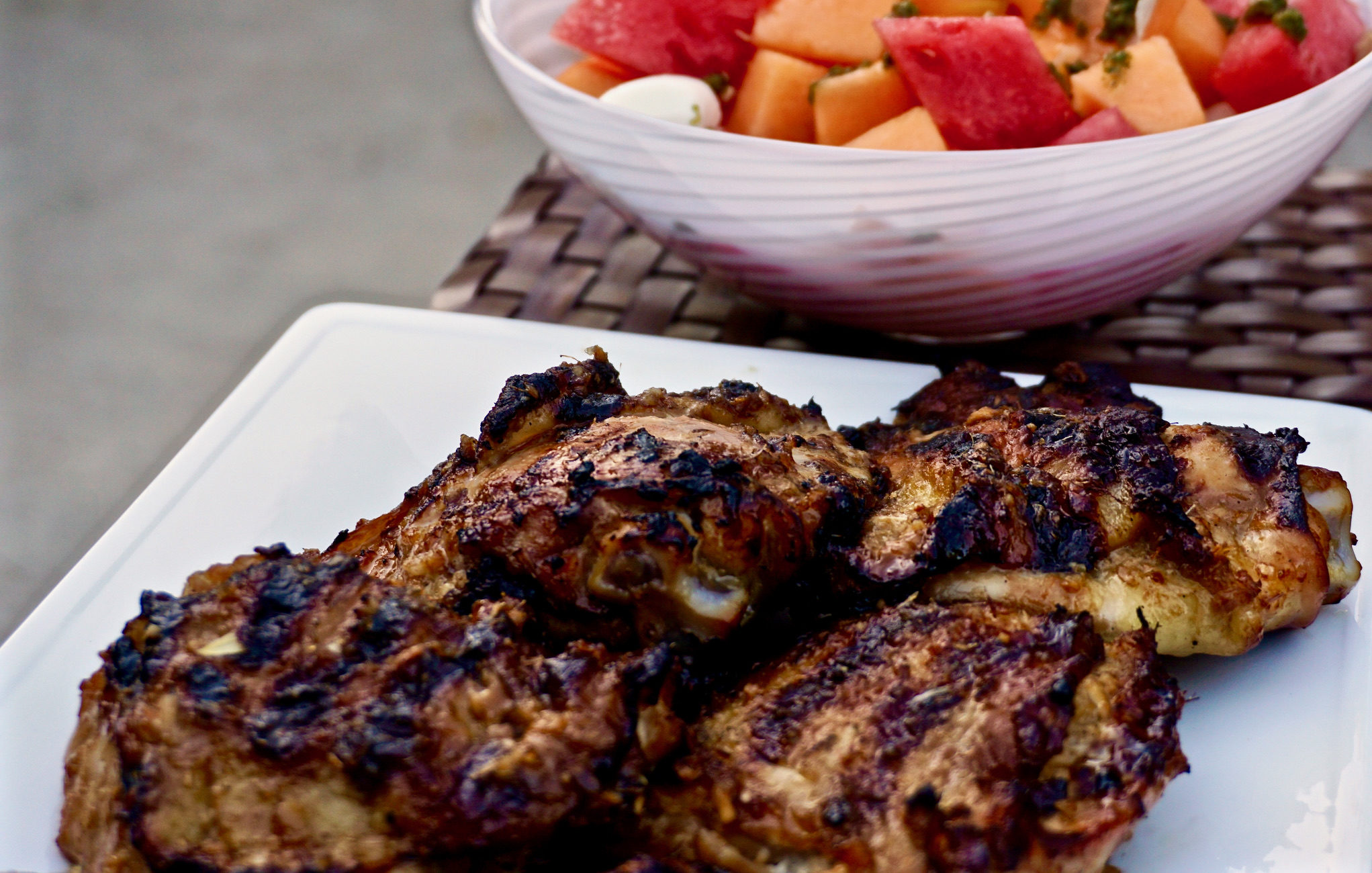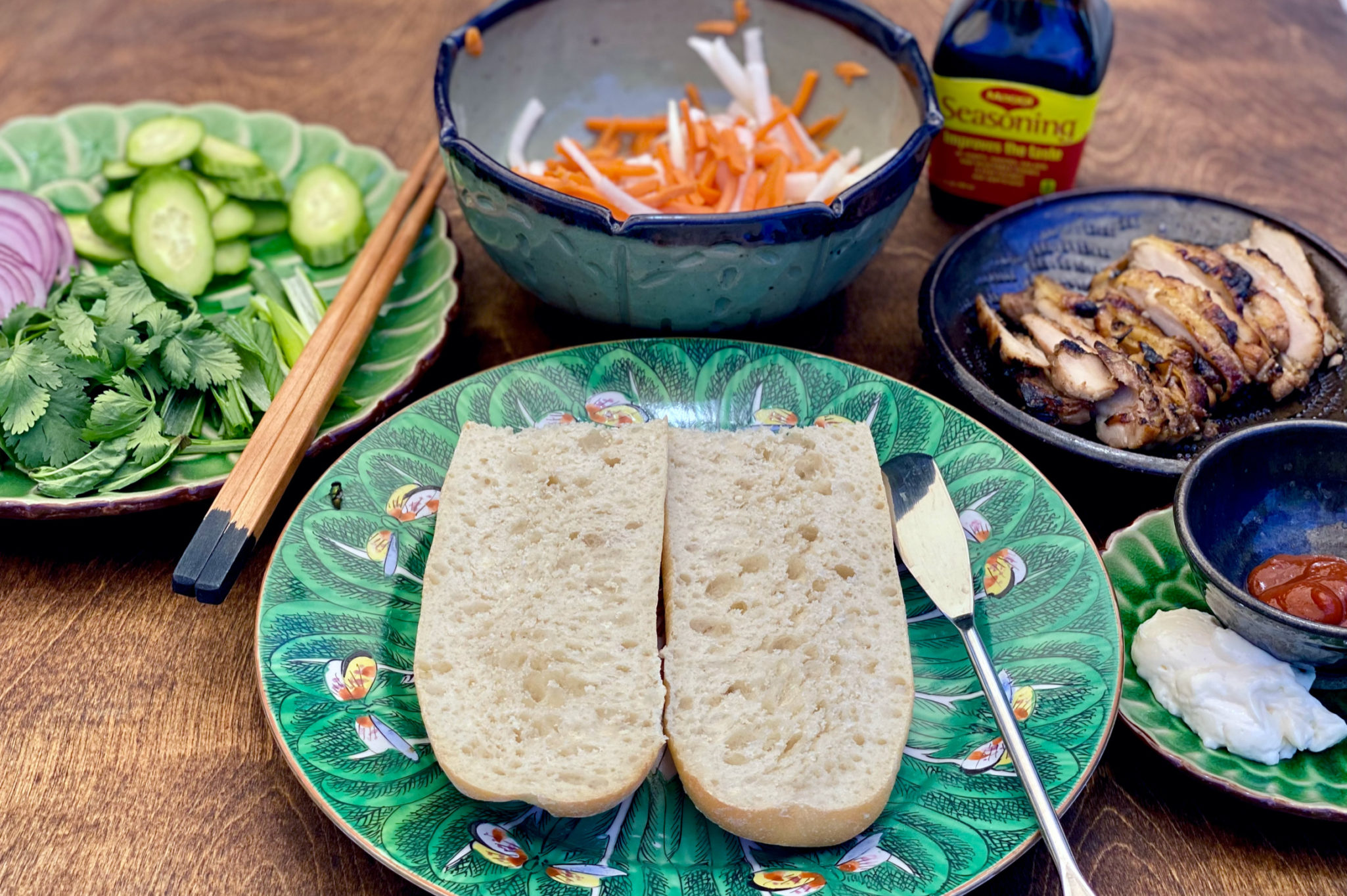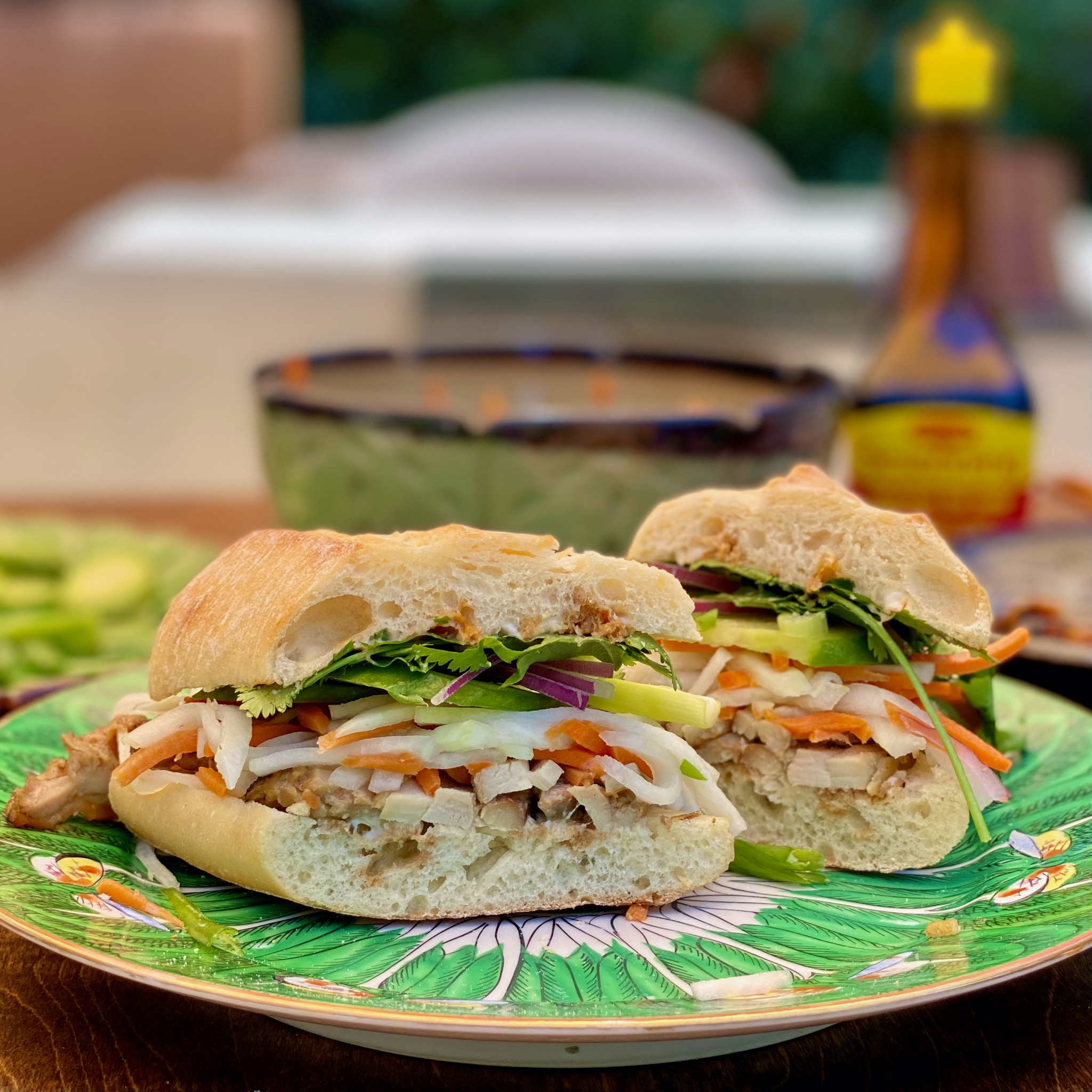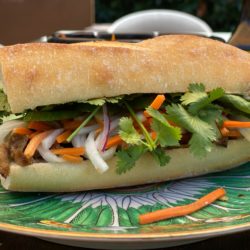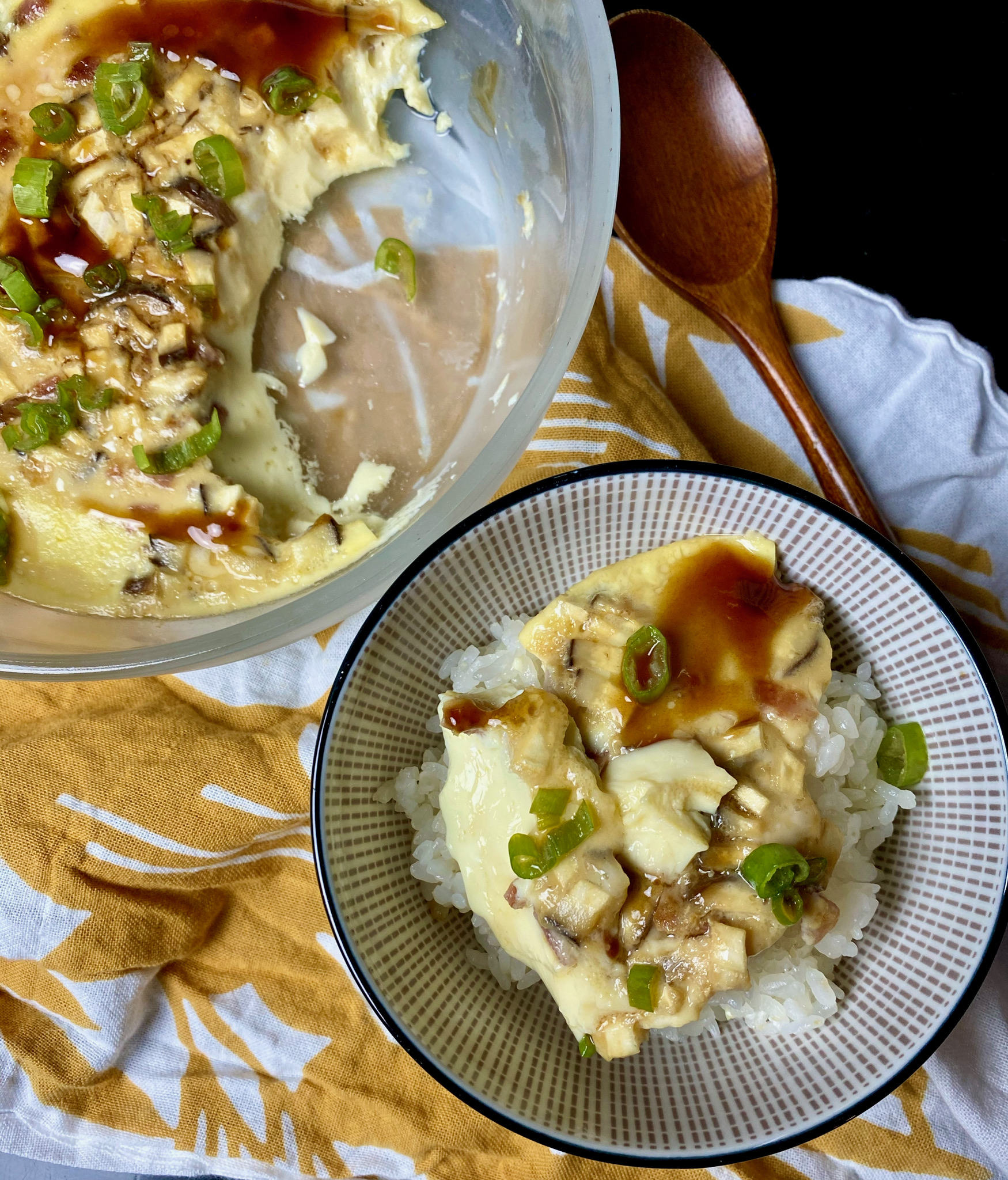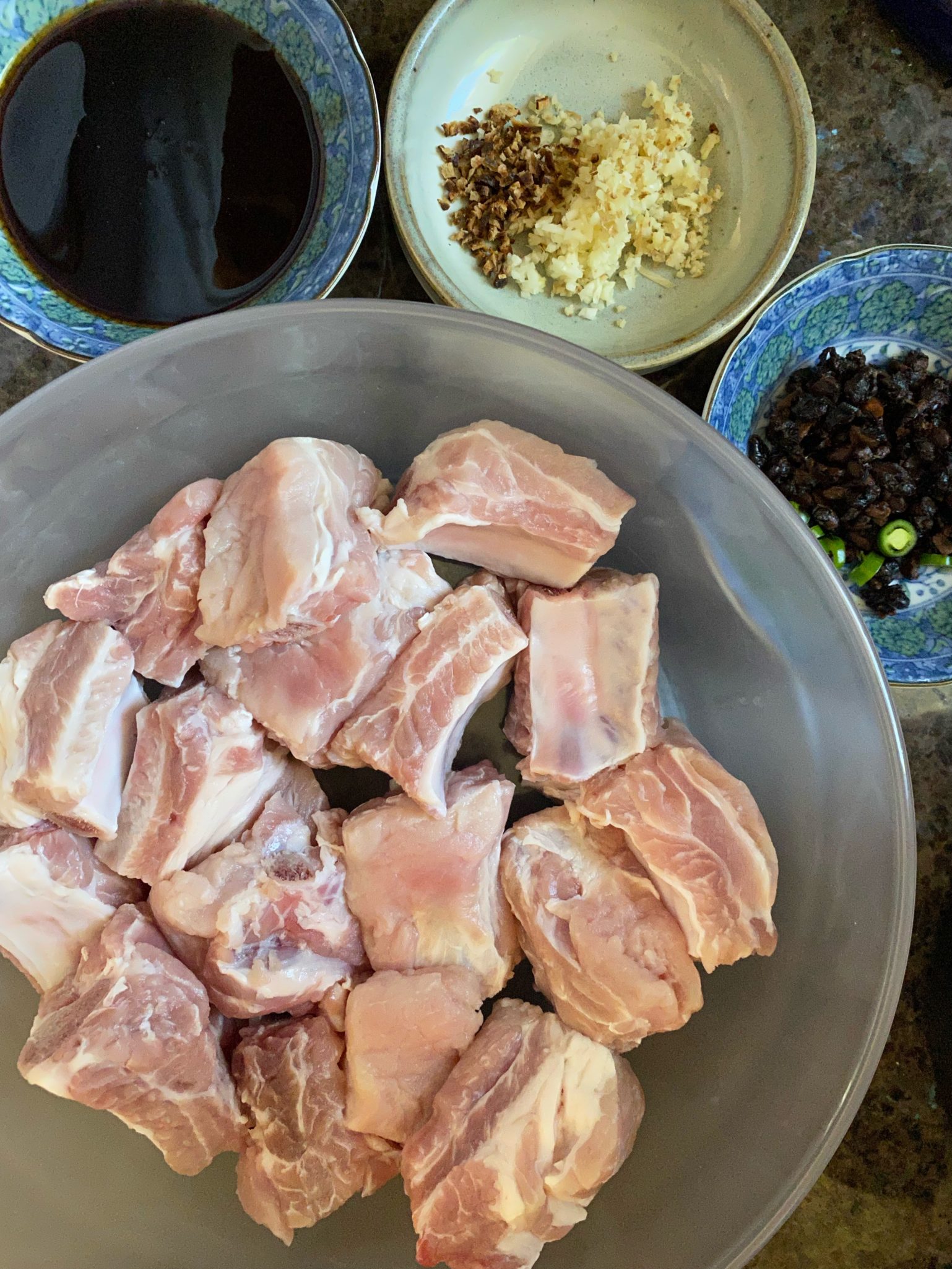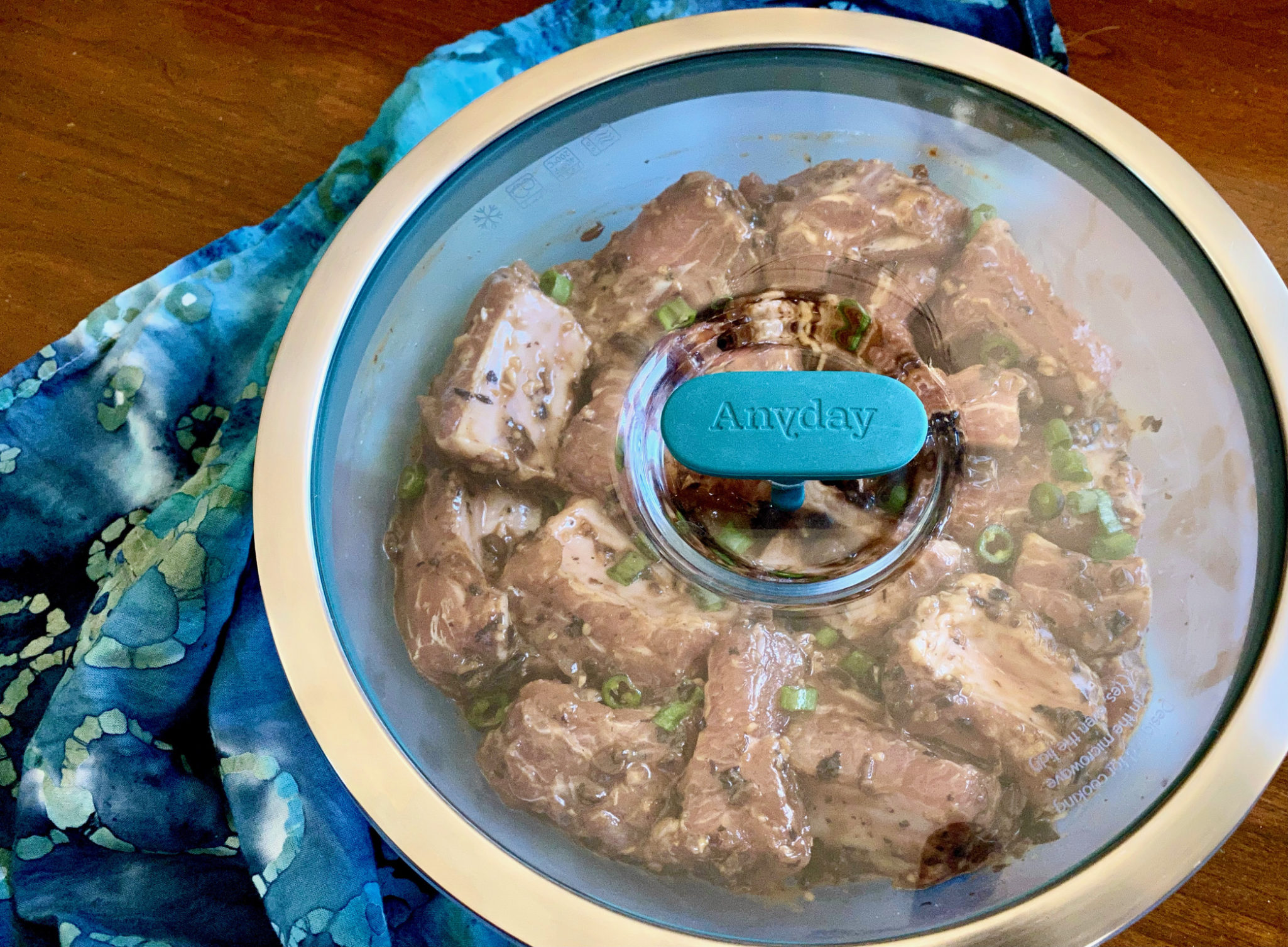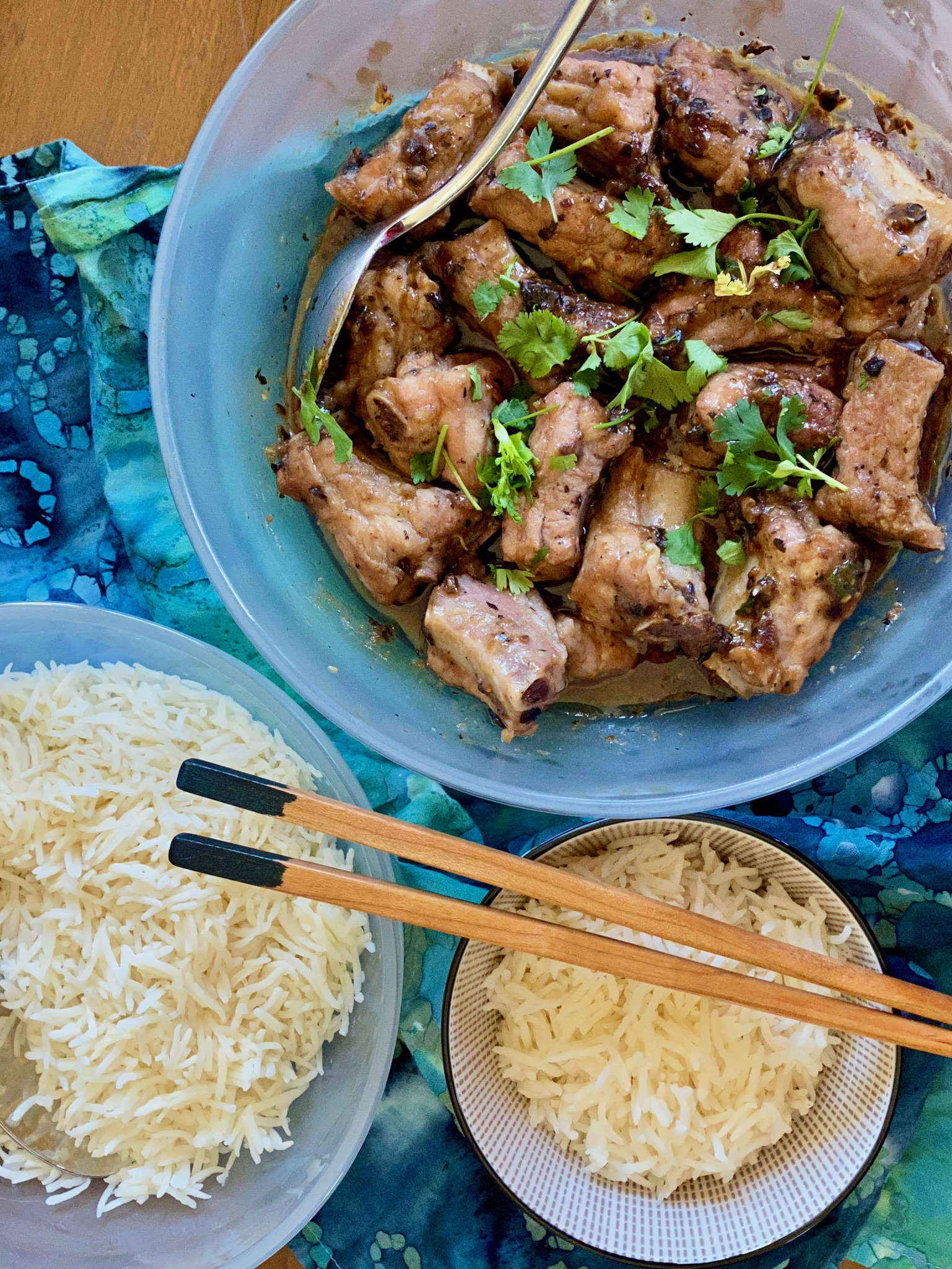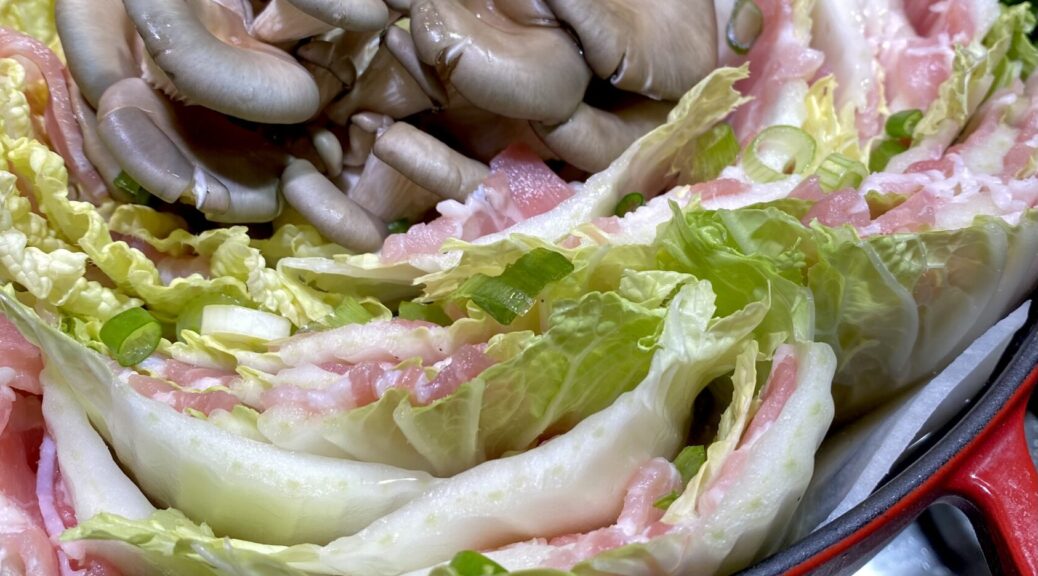
Mille-Feuille Nabe Blooming Delish!
I’m sure I saw this on TikTok or an IG Reel. It looked so delicious I knew I was going to make it, if not today, definitely tomorrow. Jackpot, making it today, why? As most of you know I stop at grocery stores so often I should be classified as a professional food shopper. The beauty of being a “pro”, I generally have the ingredients for any dish found on the internet, lol. This is a perfect example, a quick perusal of my kitchen and I was in business.
Thinly sliced pork – check. From Asian Market. I always keep some in the freezer, ALWAYS.
Napa Cabbage – check. Picked up a head at the Hankook Market last weekend, cause you never know when you might need some cabbage…
Mushrooms – check. My fridge qualifies as a certified mushroom farm most days.
Dashi or Broth – check. I pulled my bottle of Shiro Dashi from the fridge. Literally concentrated dashi that you dilute with water, VERY good, stupid easy. For a detailed run down check out Guide to Shiro Dashi
OR I can make Dashi with packets from Japan that I keep squirreled away in my pantry. Again, VERY good, a bit more work than Shiro Dashi, still super easy.
I won’t go into making my own Dashi cause that would defeat the dinner in a few minutes mantra.
Korean radish – check. You don’t need it, I just happen to have some so why not?
Staples – check. Green onions, sesame seeds, soy sauce S&P…Hello? Would not be caught dead without any of these.
Pot- check. Y’all know I didn’t have to list this but I wanted to mention the tiny Donabe I bought at the MANRESA fire sale. It gives me JOY. I also used my gorgeous Staub pot for the family-sized version.
So that’s it, all you need to make this scrumptious, perfect when it is cold and wet outside, quick and easy dish.
Let’s Goooooo!
This is super easy, TRUST ME. Have I ever steered you wrong? Start with your Napa Cabbage, wash and separate the leaves. You only need 1 head of cabbage and you won’t use all of it, unless you are feeding a cast of thousands, then you’re on your own.
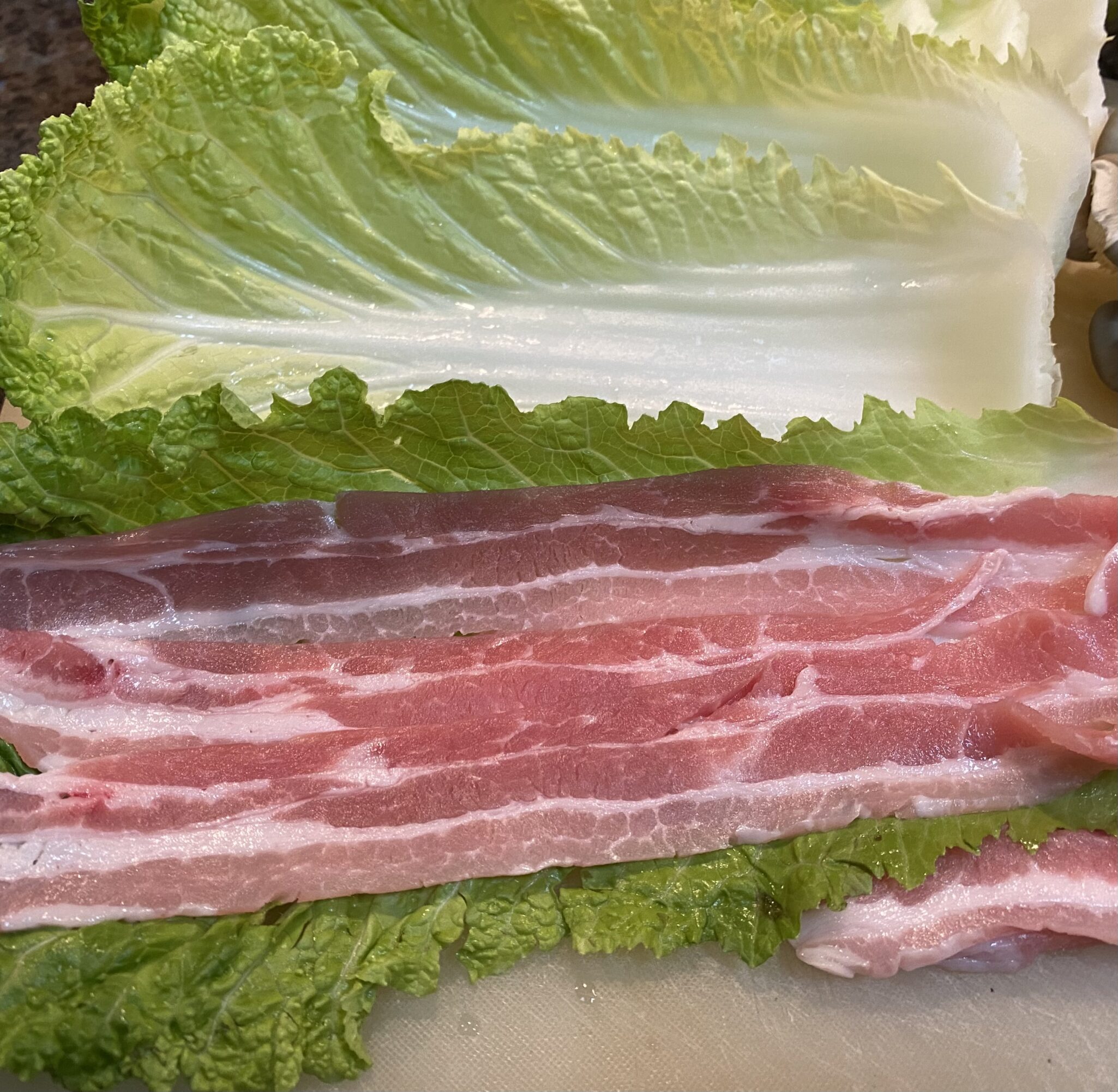
Take out your thinly sliced pork, I’m sure this would work with beef also. Use any protein cut for Shabu Shabu or Hot Pot. I know you are thinking, 🤔, can I use bacon? My inclination is no, as much as I love bacon, the flavor may be too much and too salty for this Nabe. But if you are feeling bold, try it. Definitely REPORT BACK to me!
Layer the pork on the Napa Cabbage, covering most of the leaf. Continue layering until you have a stack of 3-4 leaves. Cut crosswise into 3-4 sections, and try to match it up with your pot. Each section should be about 2-2.5 inches in height. Definitely not taller as you will need to cover the pot when cooking. Continue circling the pot with the sections until you reach the center. I finished with slices of Korean radish surrounding a bouquet of mushrooms smack dab in the middle, totally optional. But so good.
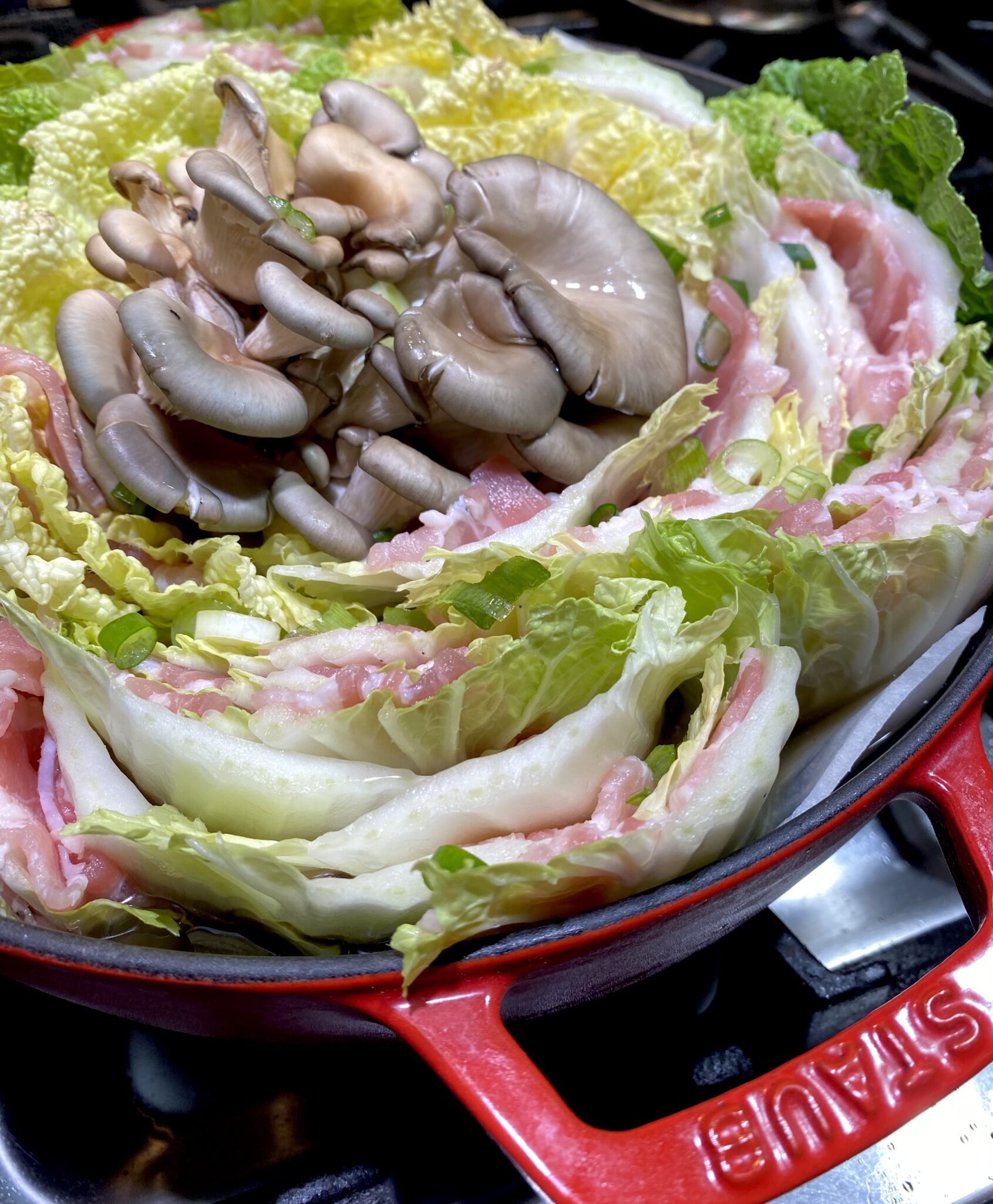
To finish, add dashi to barely cover the cabbage, cover, and cook. Cook for 10-15 minutes, the beauty of thinly sliced meats and veggies. Dinner is served! BACK to the dashi. Dashi is a fish-based stock, used in many yummy Japanese dishes. There are ka-zillions of ways to make dashi. Skip the traditional and time-consuming options. I use Shiro-dashi alot. It is a seasoned concentrated fish stock that comes in a bottle. Dilute Shiro-dashi 10-12 fold for soups and casseroles, EASY PEASY. The other way is using dashi packets, kind of like tea bags. Drop it into the water, let it sit to infuse the flavor from the packets, and presto dunzo.
CAVEAT: The Shiro Dashi is seasoned with salt and sugar while the dashi packets just impart the fish flavor. You will need to add salt or soy if using the dashi packets.
That’s it! Serve it up with bowls of hot, steaming rice, maybe fry an egg or if you have Mayak Eggs or Ramen Eggs yum. So damn delicious it is criminal. Or use the flavorful broth on a lovely bowl of noodles, udon noodles would be delicious.
A Picture is Worth a Thousand Words…check out my Instagram for a reel on Mille-Feuille Nabe!
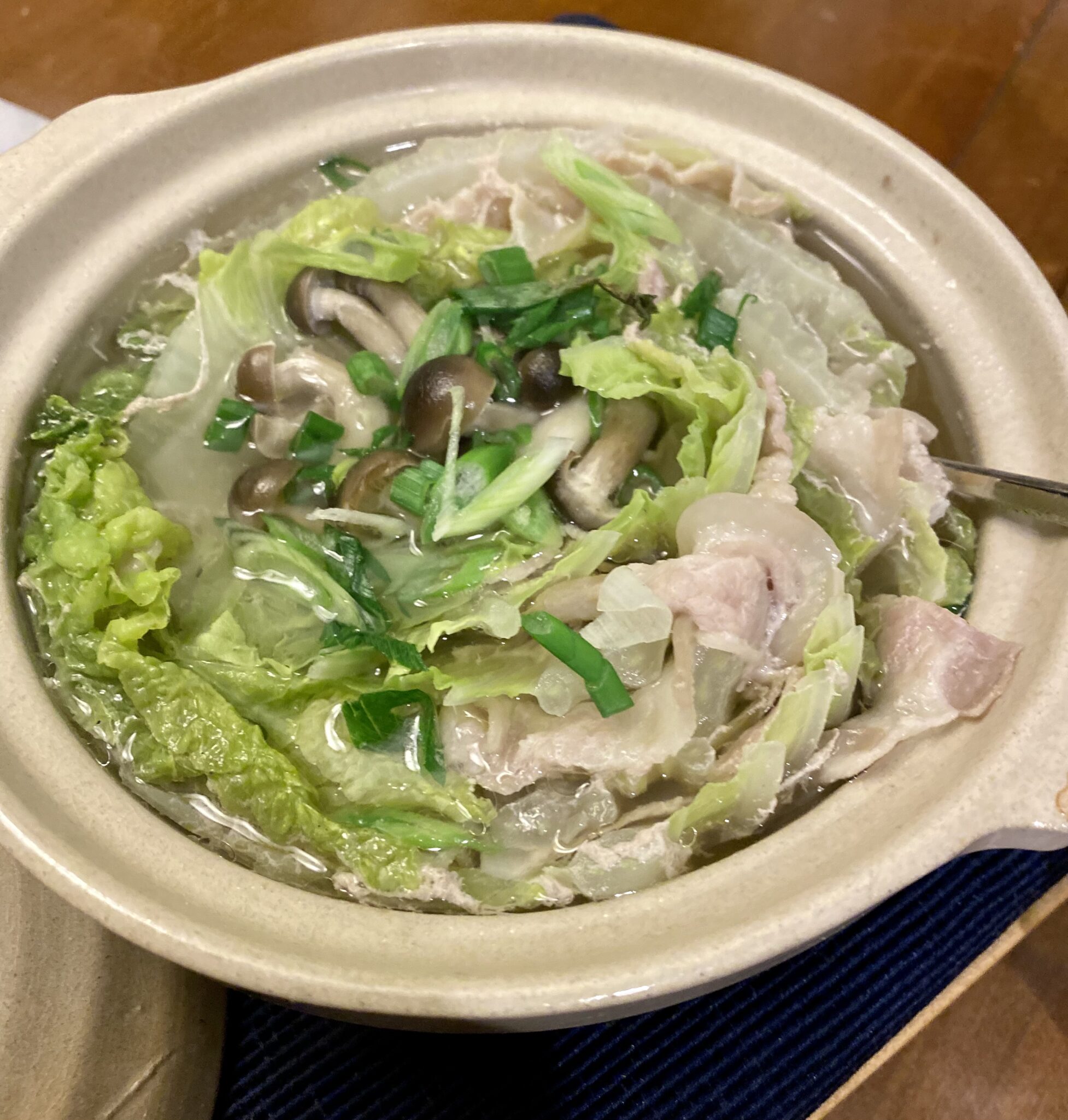
Mille-Feuille Nabe
Equipment
- 1 donabe If you have one, but any casserole type pot will do.
Ingredients
Main Ingredients
- 1 napa cabbage medium size should do
- 1-1½ lb Thinly sliced pork belly smaller the pot the less you will need
- 1 bunch of mushrooms like enoki or shiimeji optional
- Korean Radish or Daikon, thinly sliced optional
Dashi
- 1 knob ginger 1 inch, 2.5 cm
- 5 cups dashi See post for dashi options!
- 2 Tbsp sake cut in half or omit if using Shiro Dashi
- 1 Tbsp soy sauce cut in half or omit if using Shiro Dashi
- ½ tsp kosher salt Diamond Crystal; use half for table salt
Finishing Touches
- green onions, diced for garnish
- Chili oil or Shichim Togarashi at the table
- Rice to serve with hot pot or boil some noodles to have with the flavorful broth!
- Any kind of eggs-Ramen, Mayak or raw that you crack and cook in the broth
Instructions
- Remove leaves carefully from the base, wash and drain well. Don’t throw away any leaves that naturally came off while rinsing. We’ll use these leaves later on. If you happen to get a ginormous cabbage cut in half or quarters lengthwise. I usually buy small ones so I use the whole leaf. Pat them dry before next step.
- Layer the pork belly and napa cabbage by placing one slice between each of the leaves. Cover leaves with pork belly, trim if necessary to fit. Repeat 3-4 times depending on size of pot.
- Cut each napa cabbage wedge into 3-4 pieces each about 2 to 2½ inches (5-6 cm) long. Each section should not be taller than your cooking pot. Try to keep the layers of napa cabbage and pork belly neatly stacked as you slice.
- Next, start stacking the ingredients in a donabe, hot pot, or regular 10-inch pot. I used a shallow Staub pot with the grill top. Turn the stacks on their side as you pack them so the pink and green layers are visible. Start from the outer edges of the pot and work your way toward the center. Place the thicker cabbage leaves near the outside edge and the tender leaves in the center. Make sure that you pack the pot tightly as the layers will become loose once the ingredients start to cook.
- If you don’t have enough layers to pack the pot tightly, consider using a smaller pot or place other ingredients in the center. I Like to stuff enoki mushrooms or shimeji mushrooms in the center. Or use slices of radish to surround the mushrooms.
- Make you dashi. Don’t reduce the salt If you are using dashi from packets since the napa cabbage will release liquid during cooking and dilute the soup. If using Shiro Dashi that is seasoned omit half the soy sauce and sake. Taste your broth, it should not be too salty.
- Pour the broth into the pot with the napa cabbage and pork belly. Start cooking on high heat. Once boiling, skim off the foam and fat on the surface using a fine-mesh skimmer. Then, reduce the heat to medium low and cook covered until the napa cabbage is tender and the pork belly is cooked through, roughly 8-10 minutes.
Garnish
- Garnish with chopped green onion/scallion, have shichimi togarashi (Japanese seven spice) on table or sprinkle on top of dish. Serve while hot with rice or boil up some noodles to serve in the delicious broth!I like adding a ramen egg or a Mayak egg t round it out.
